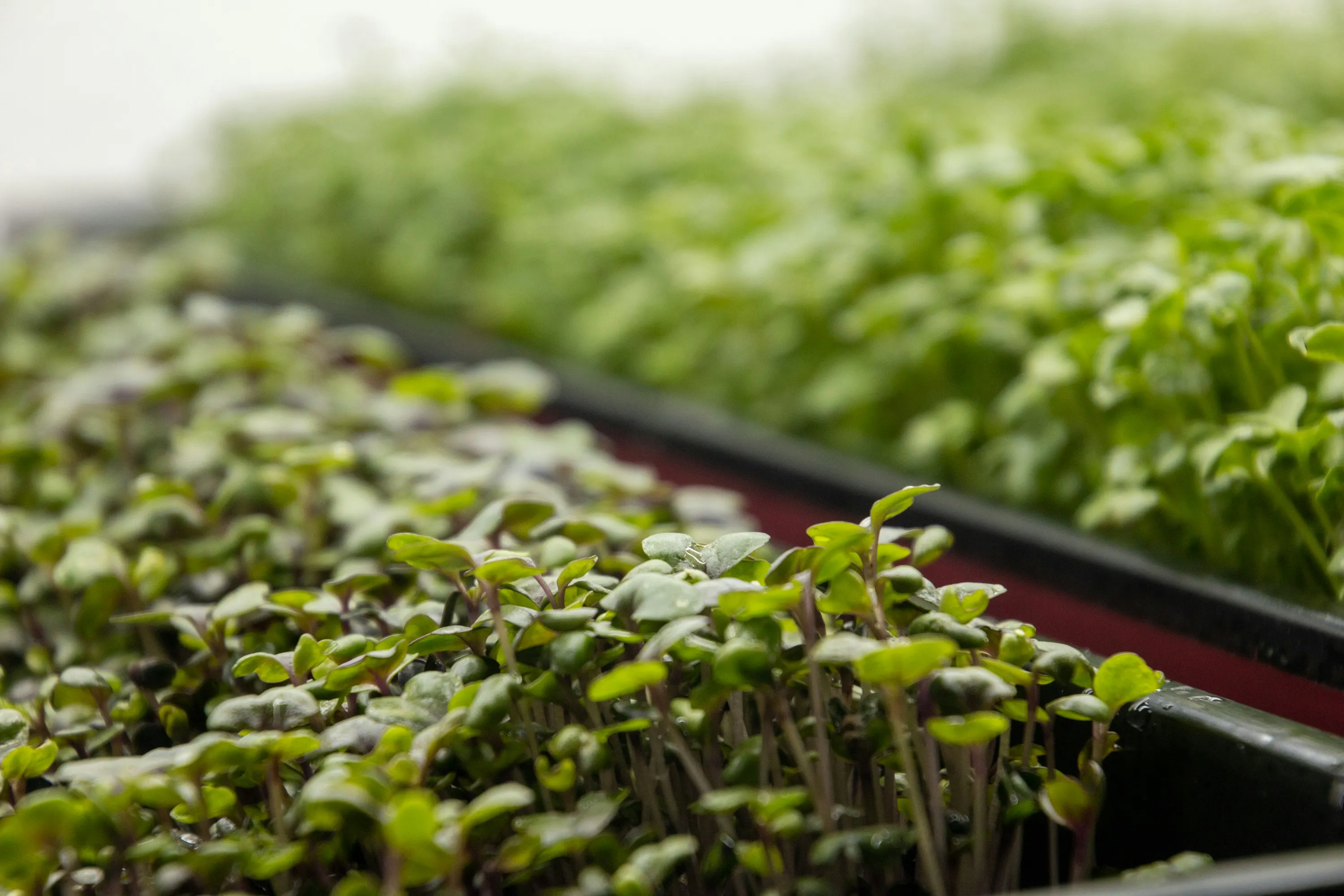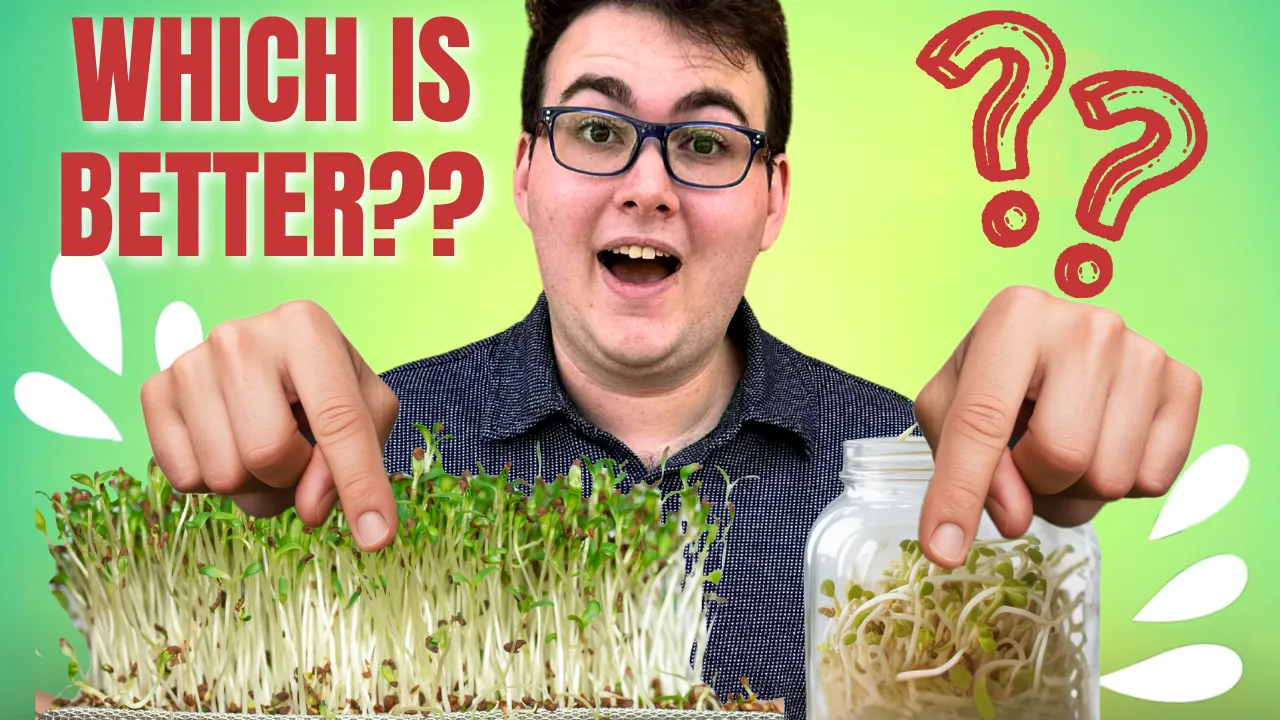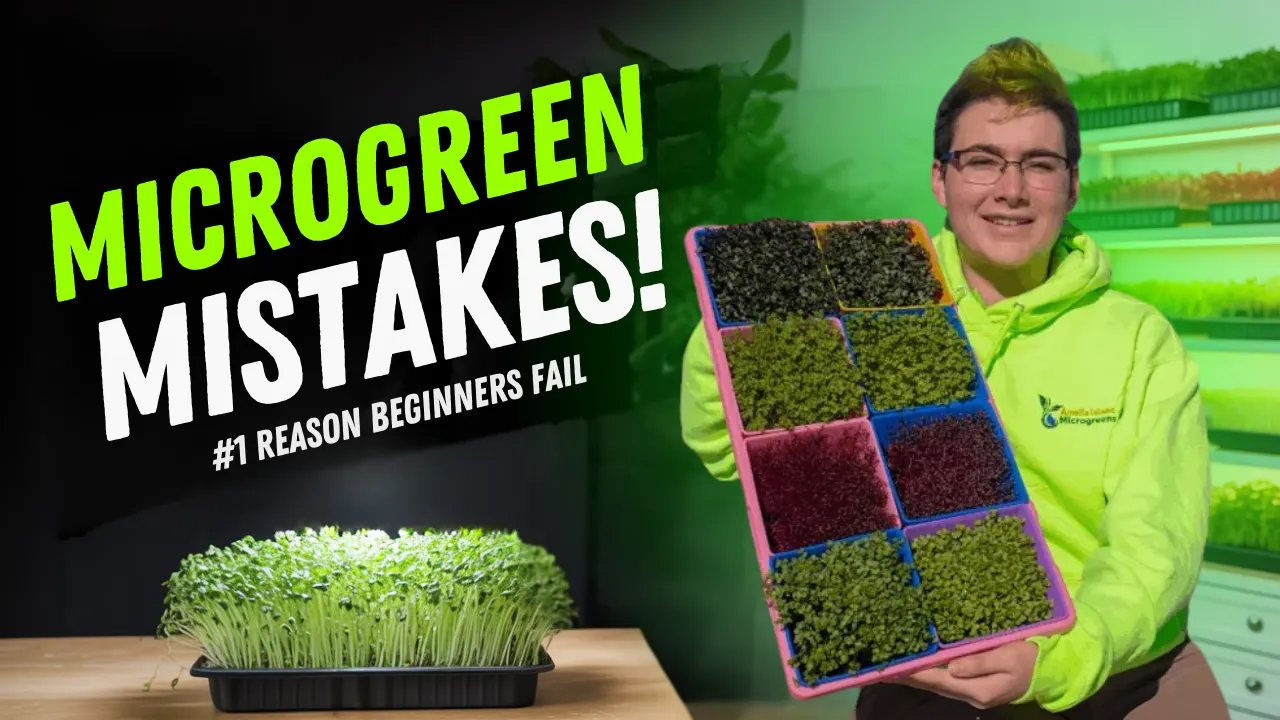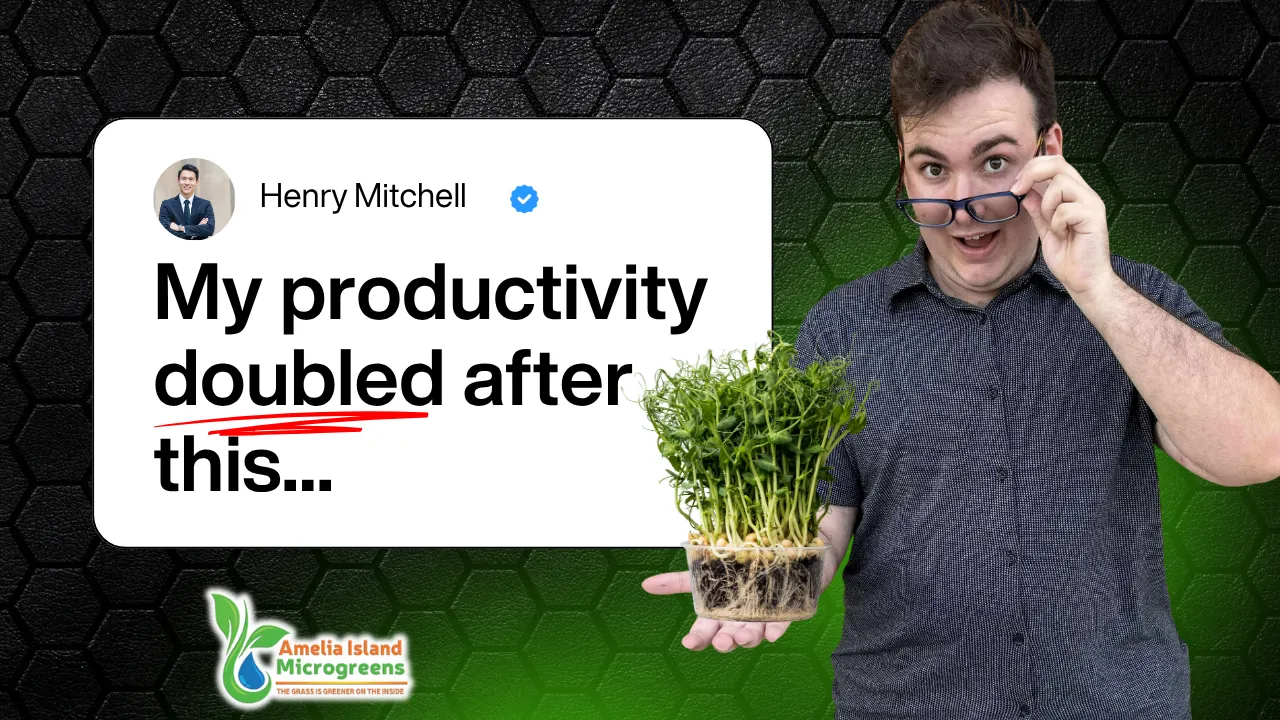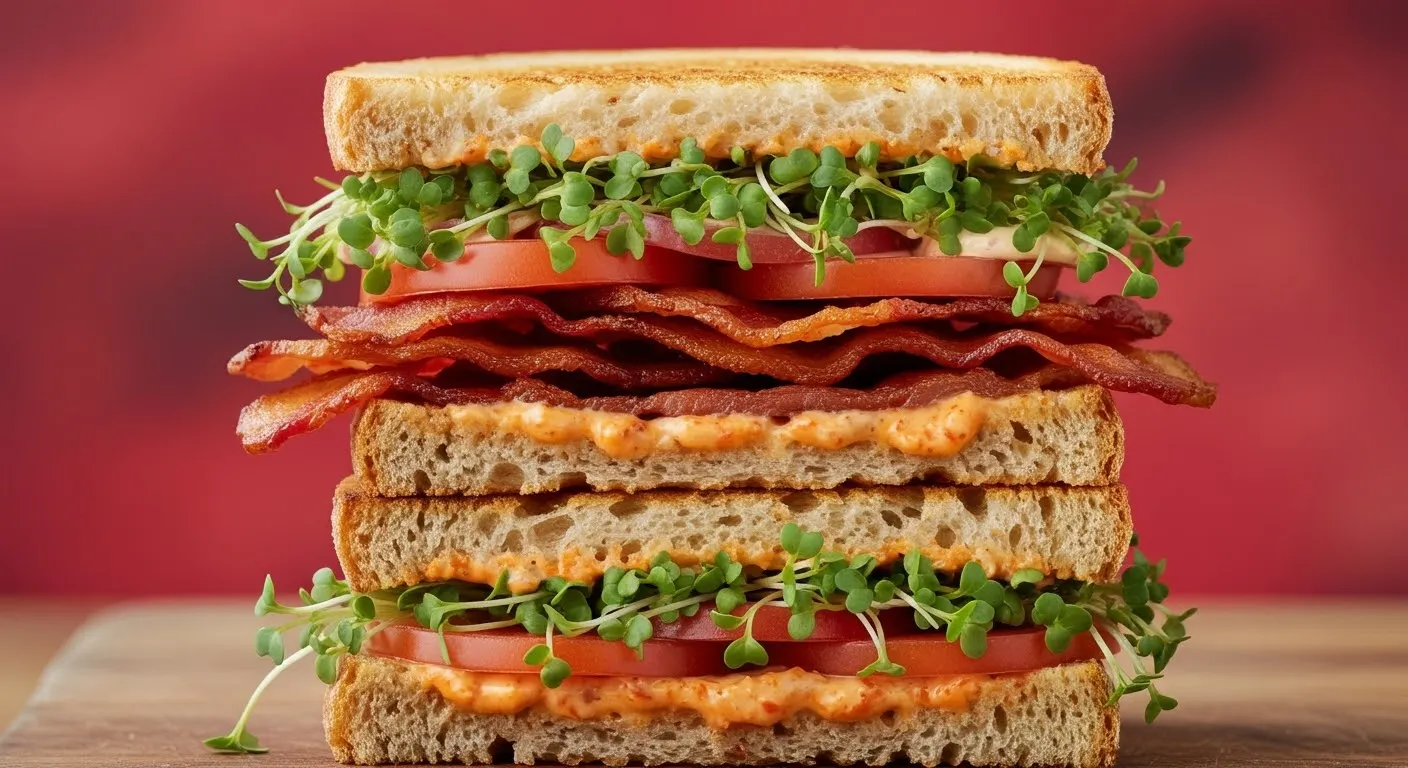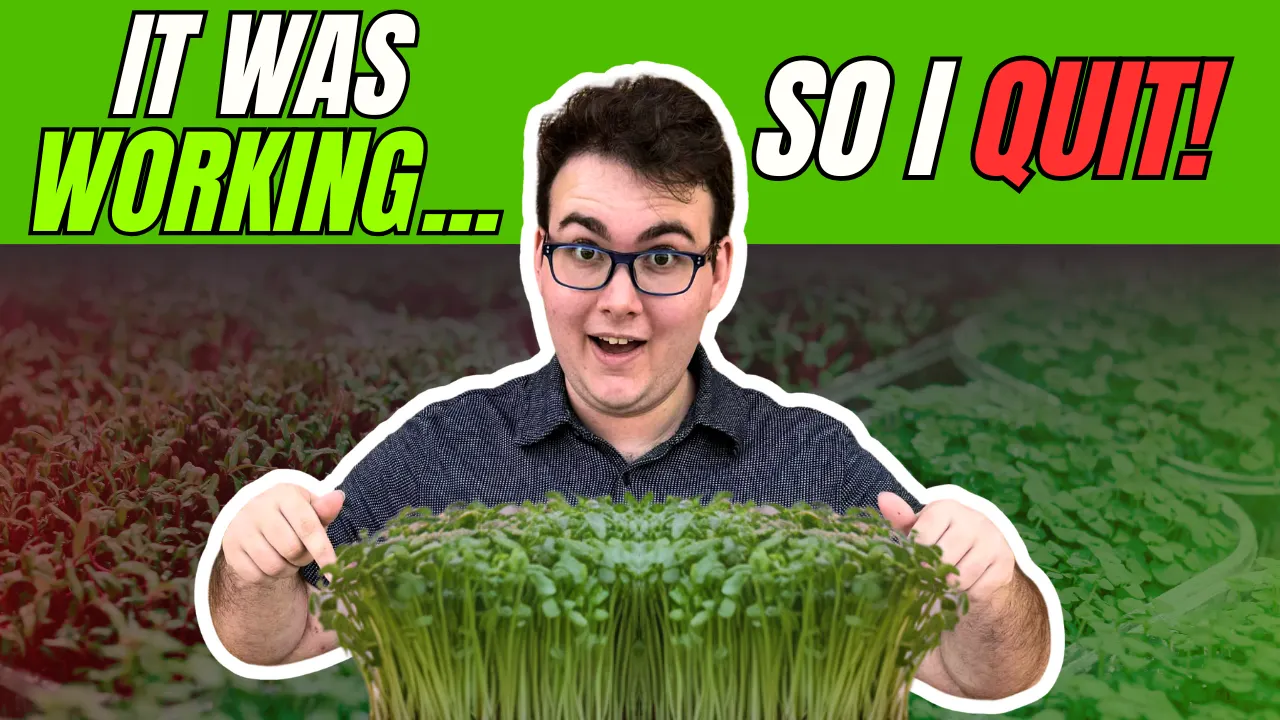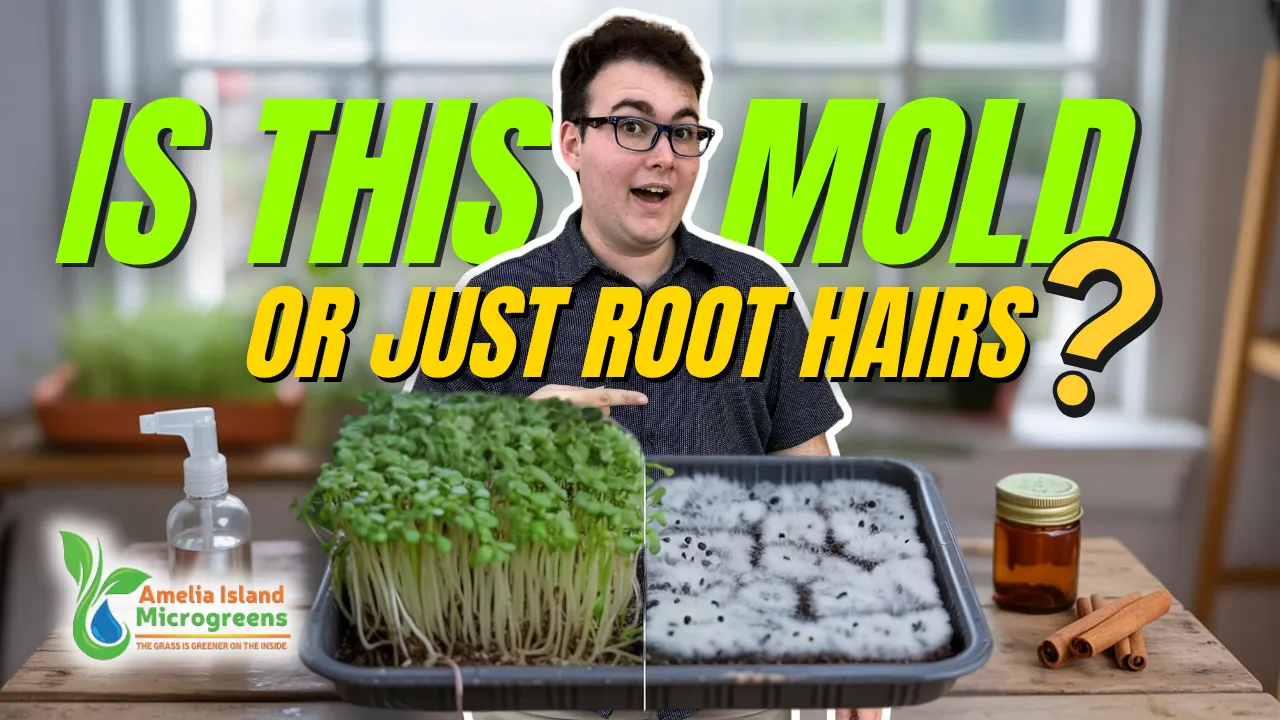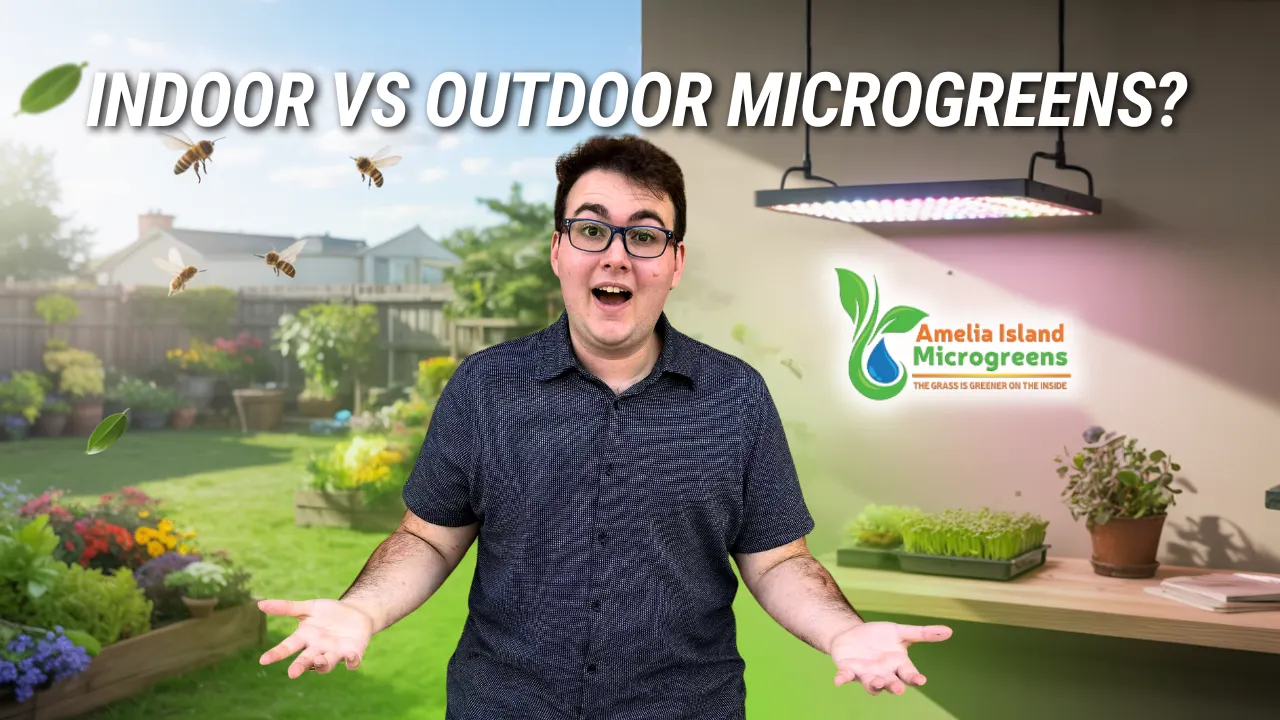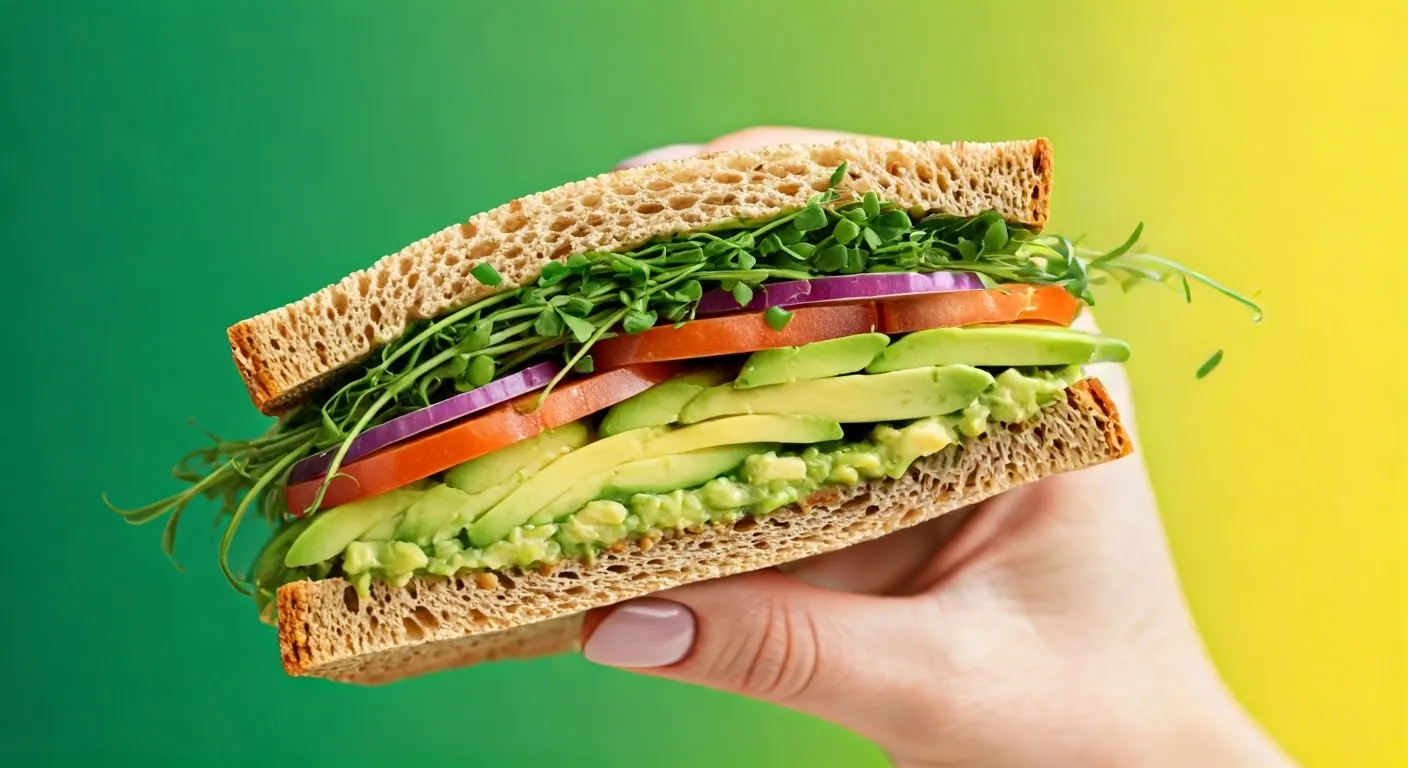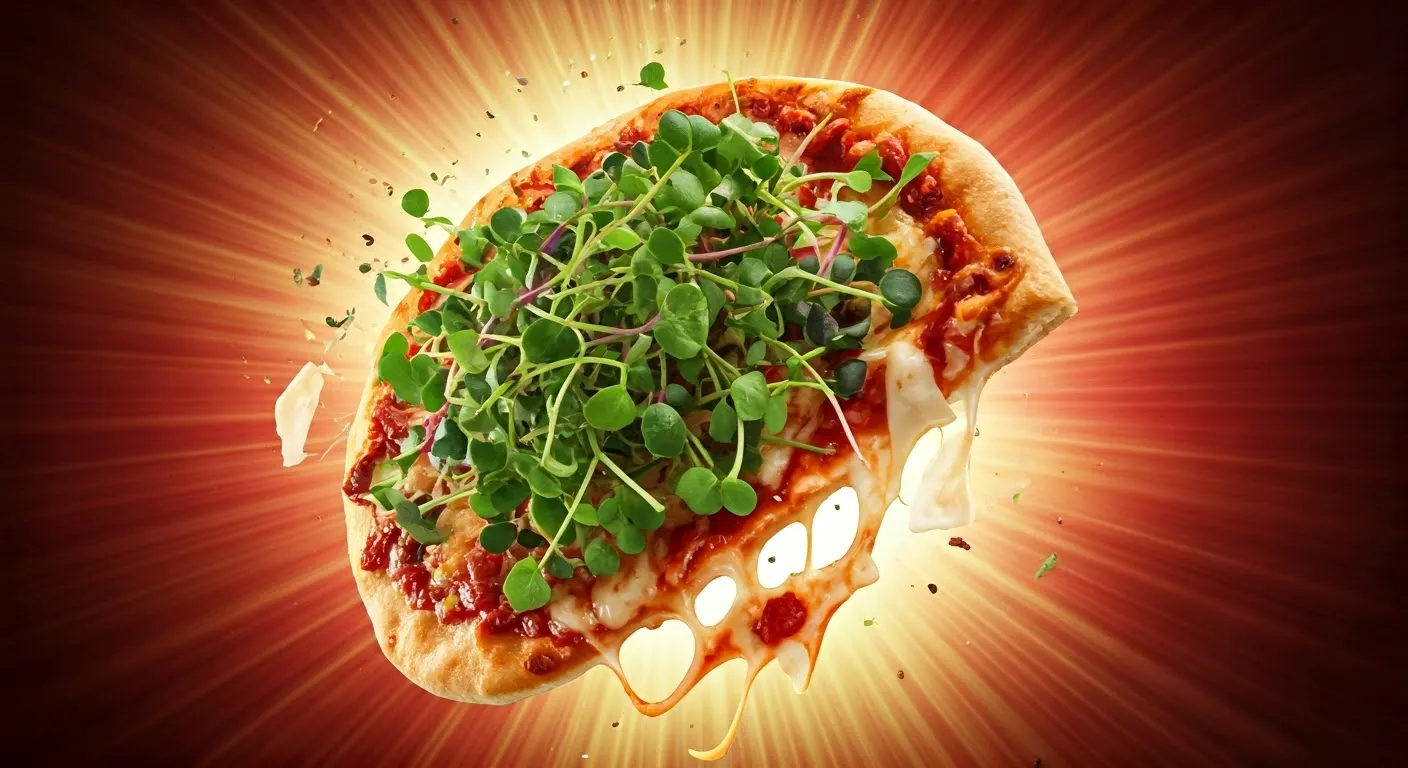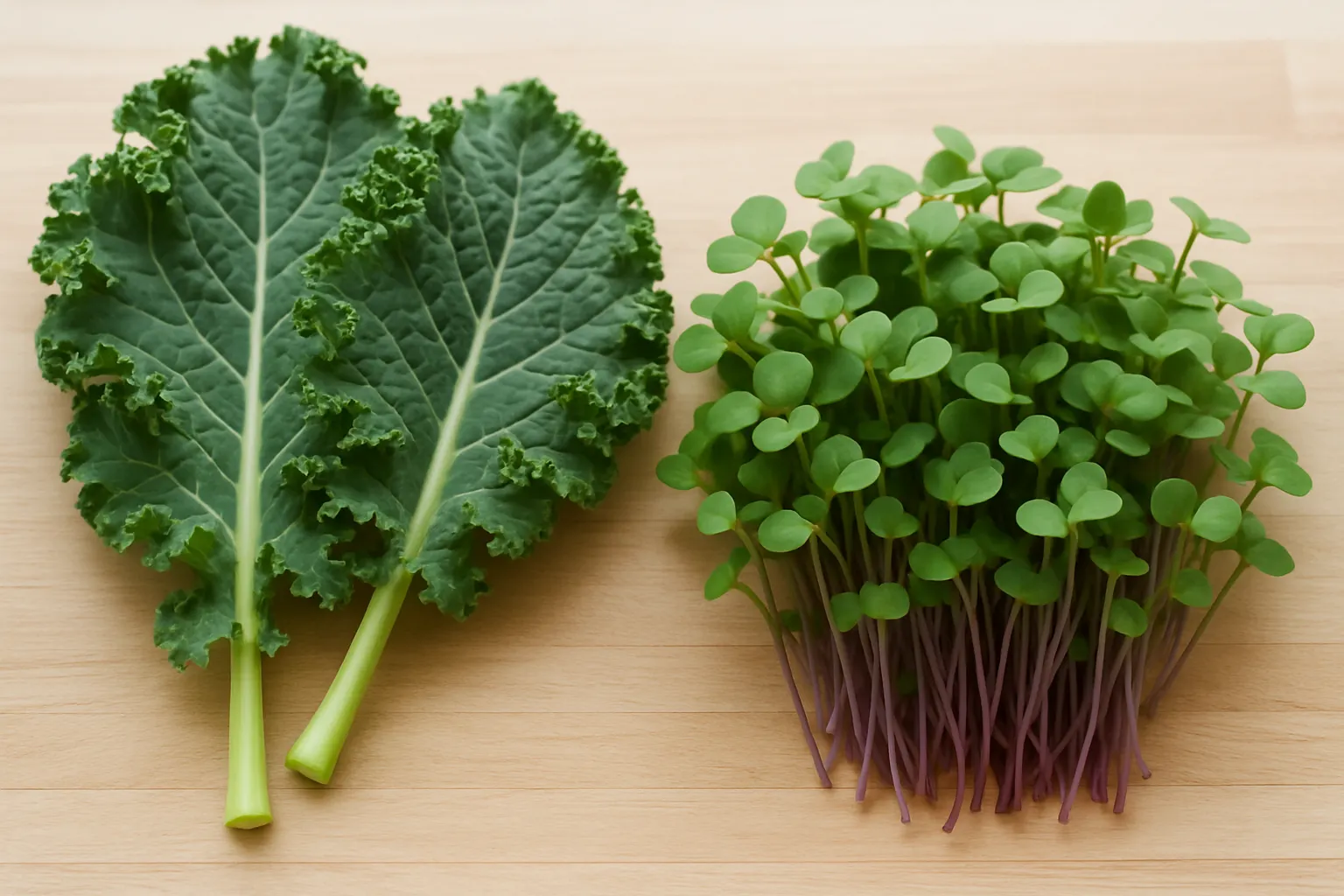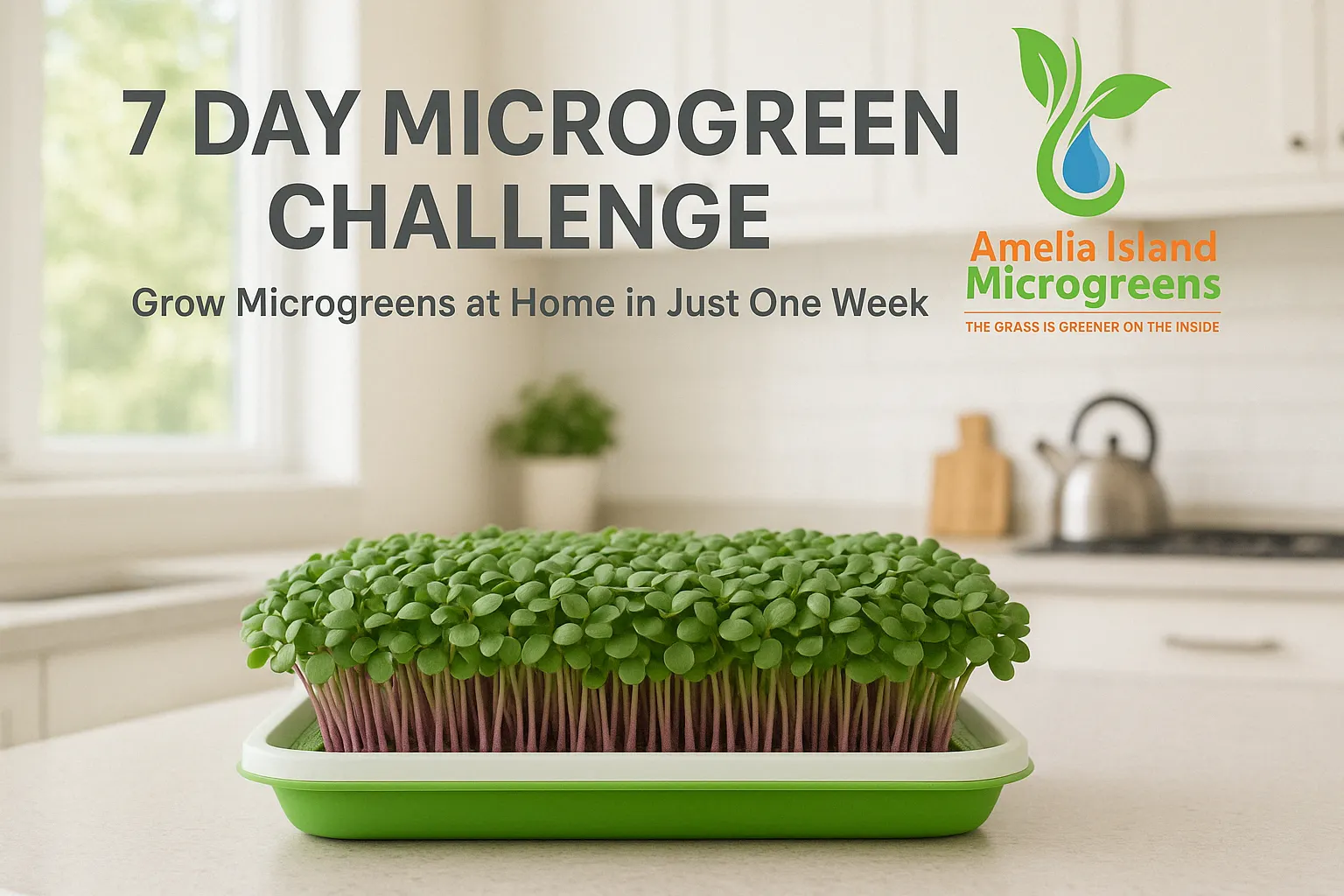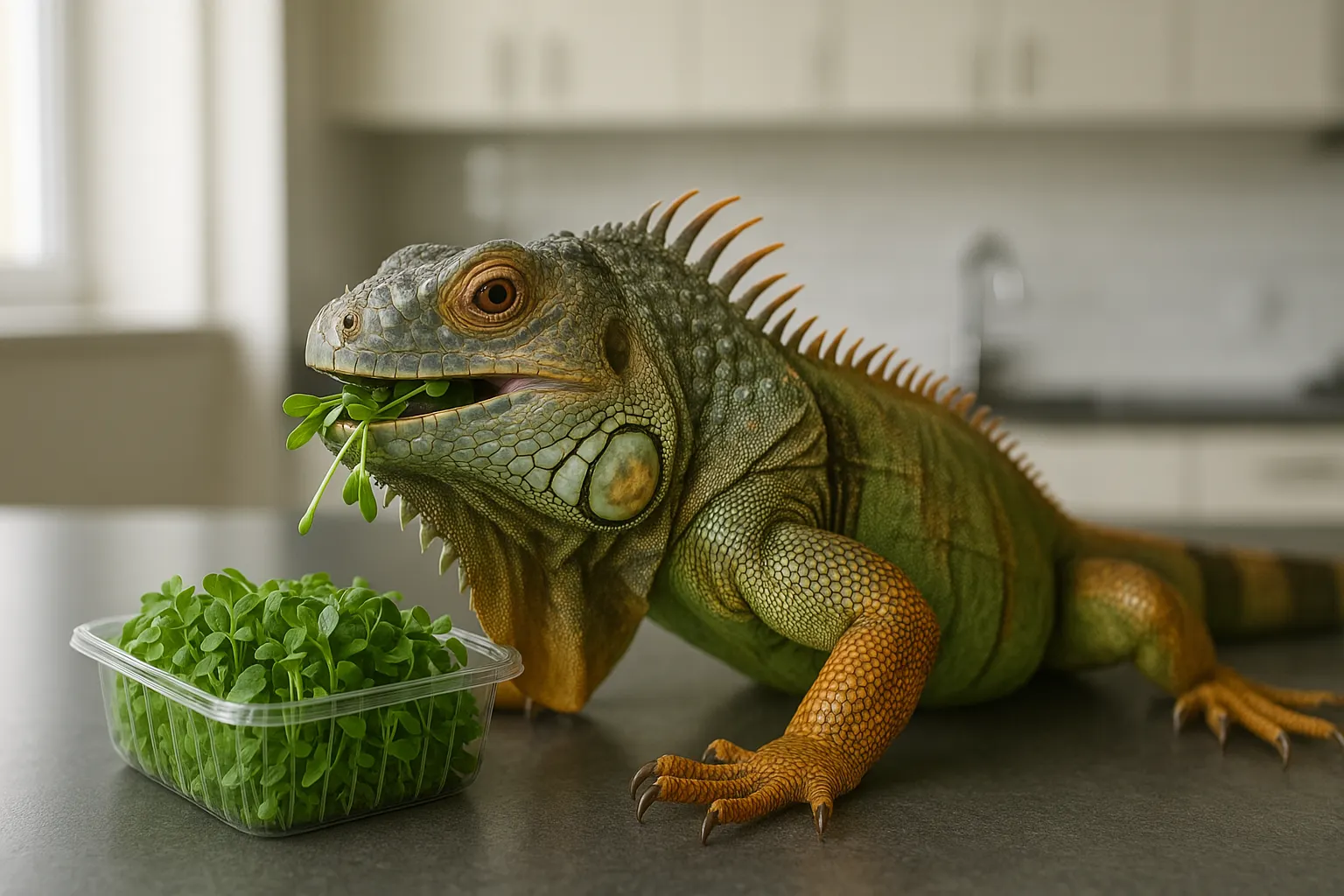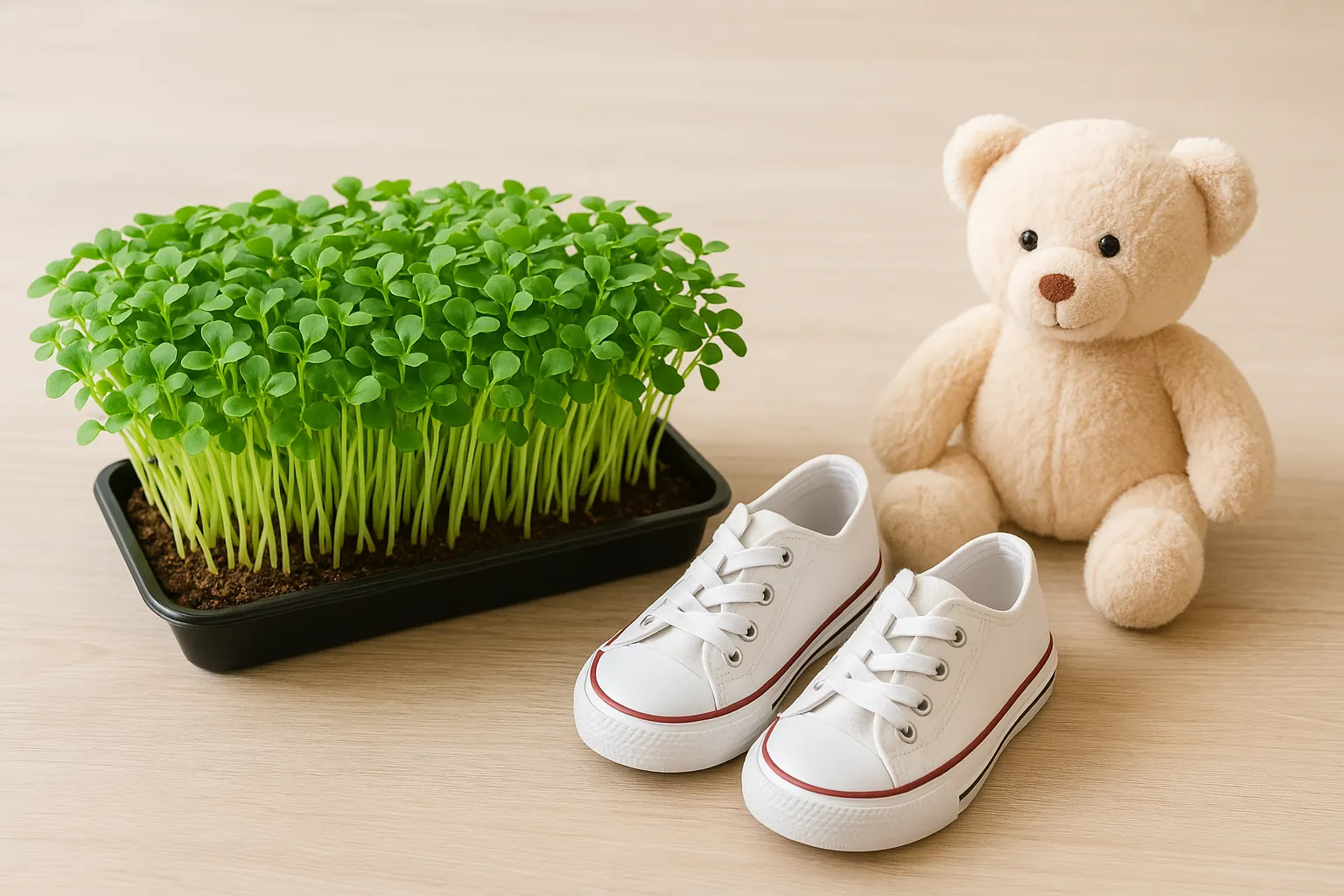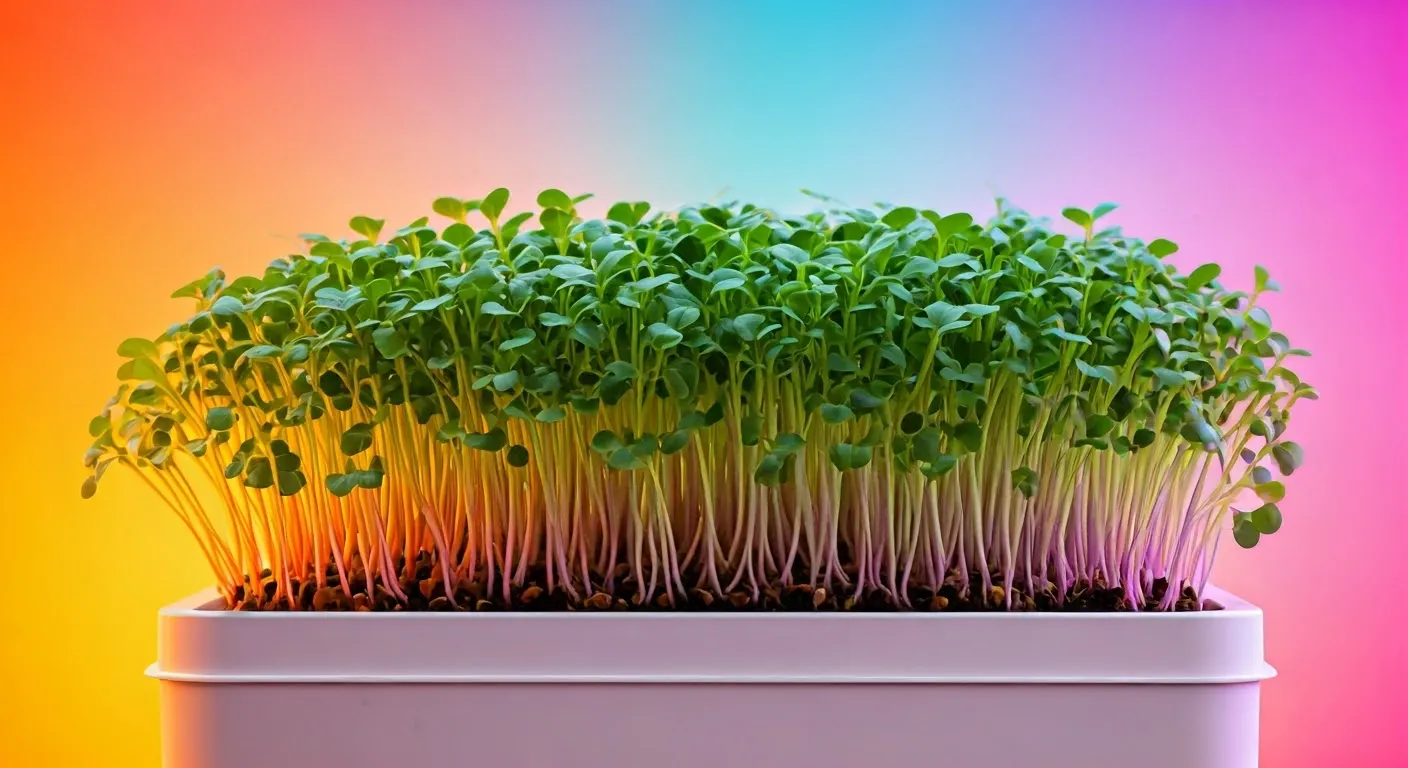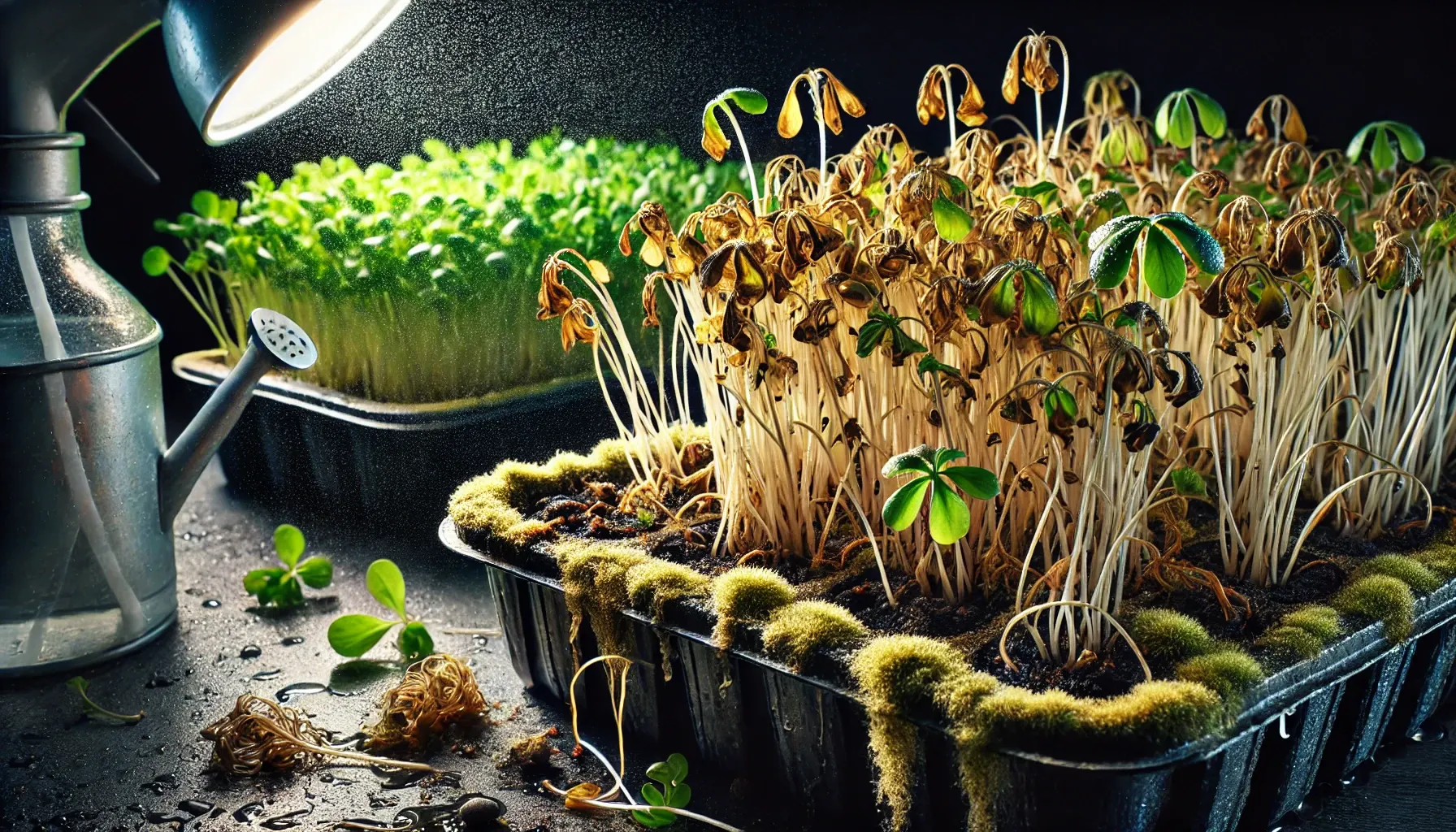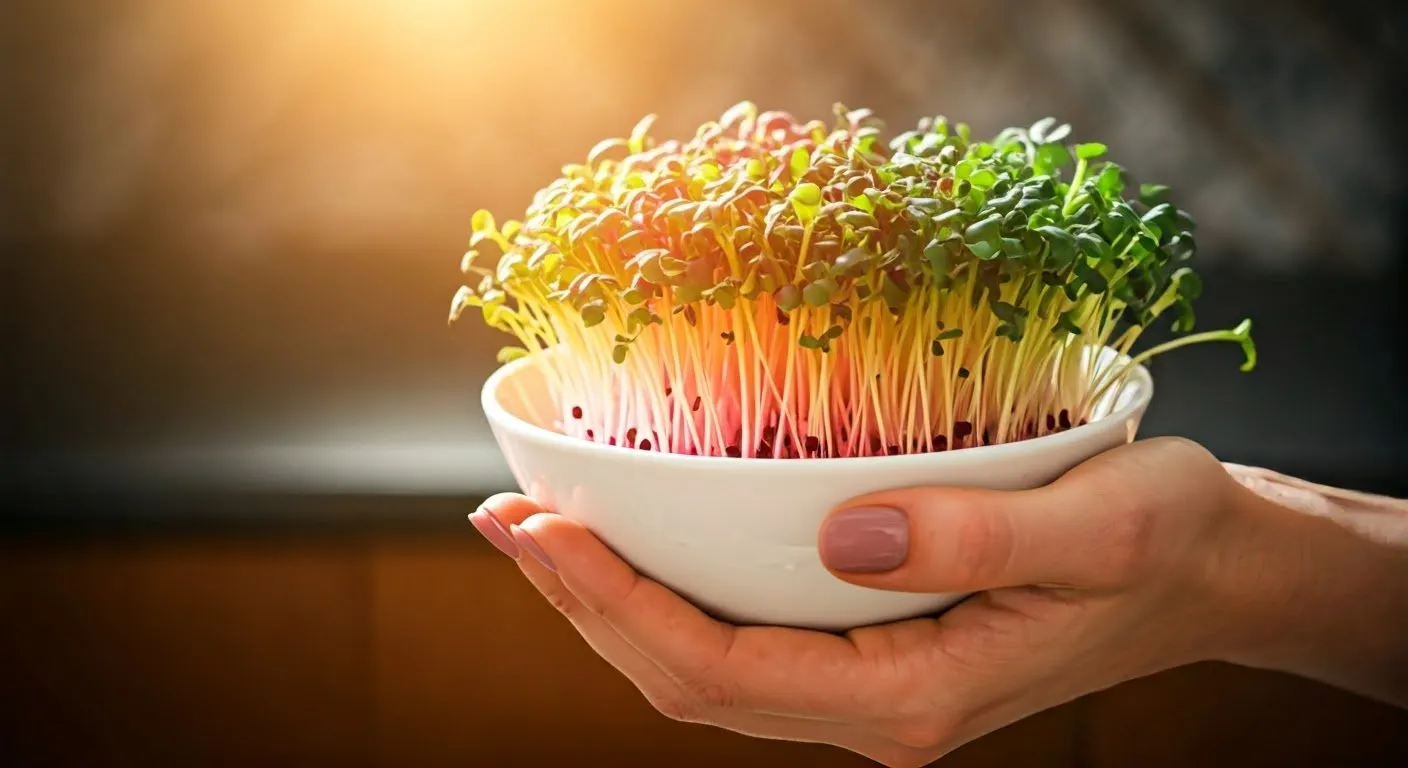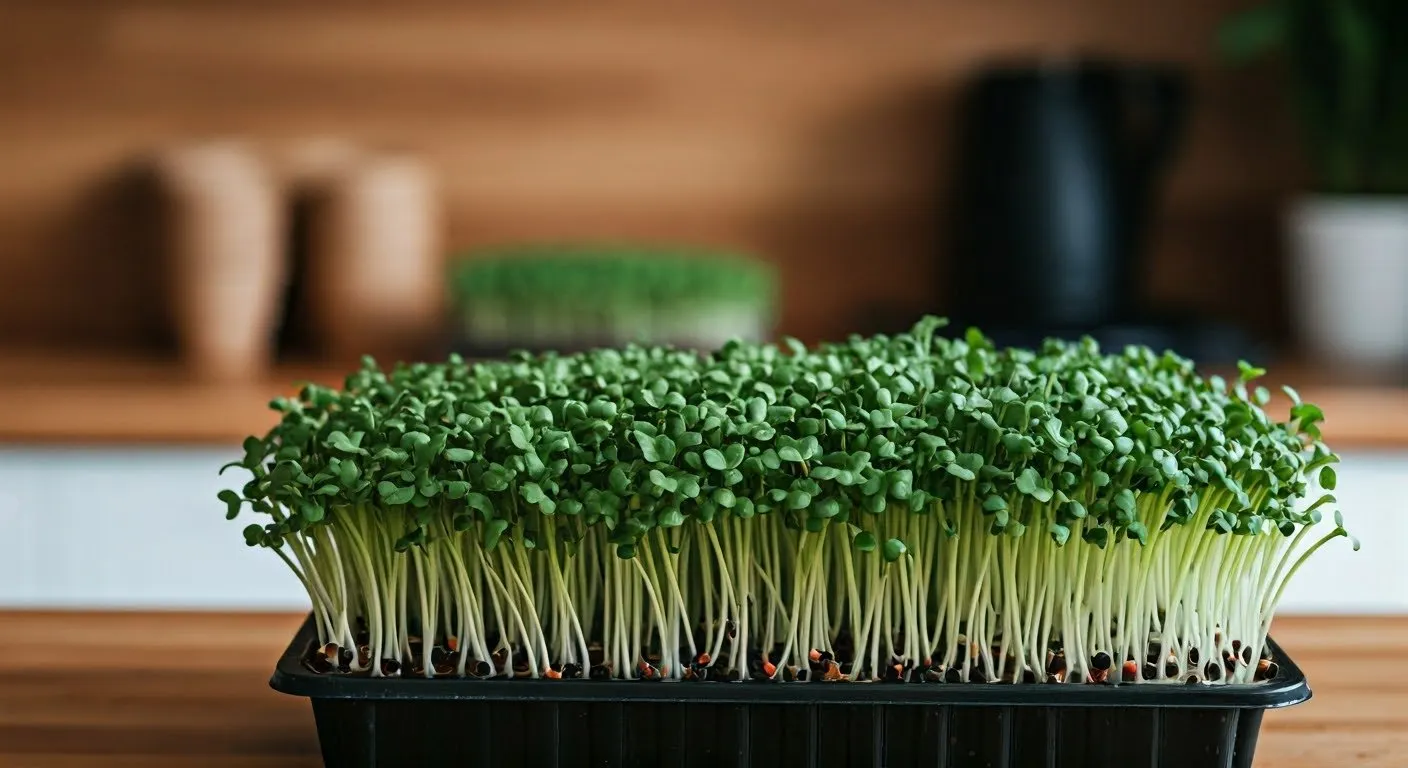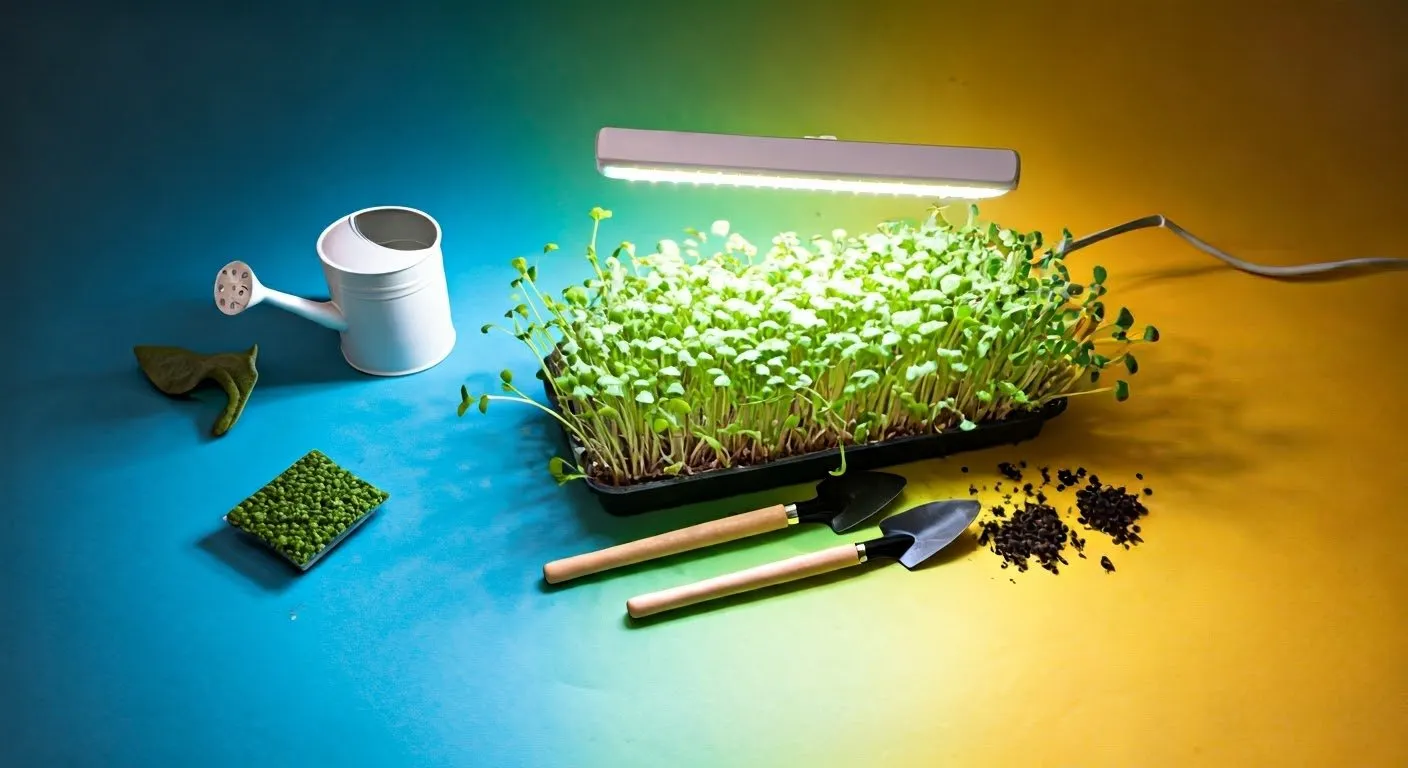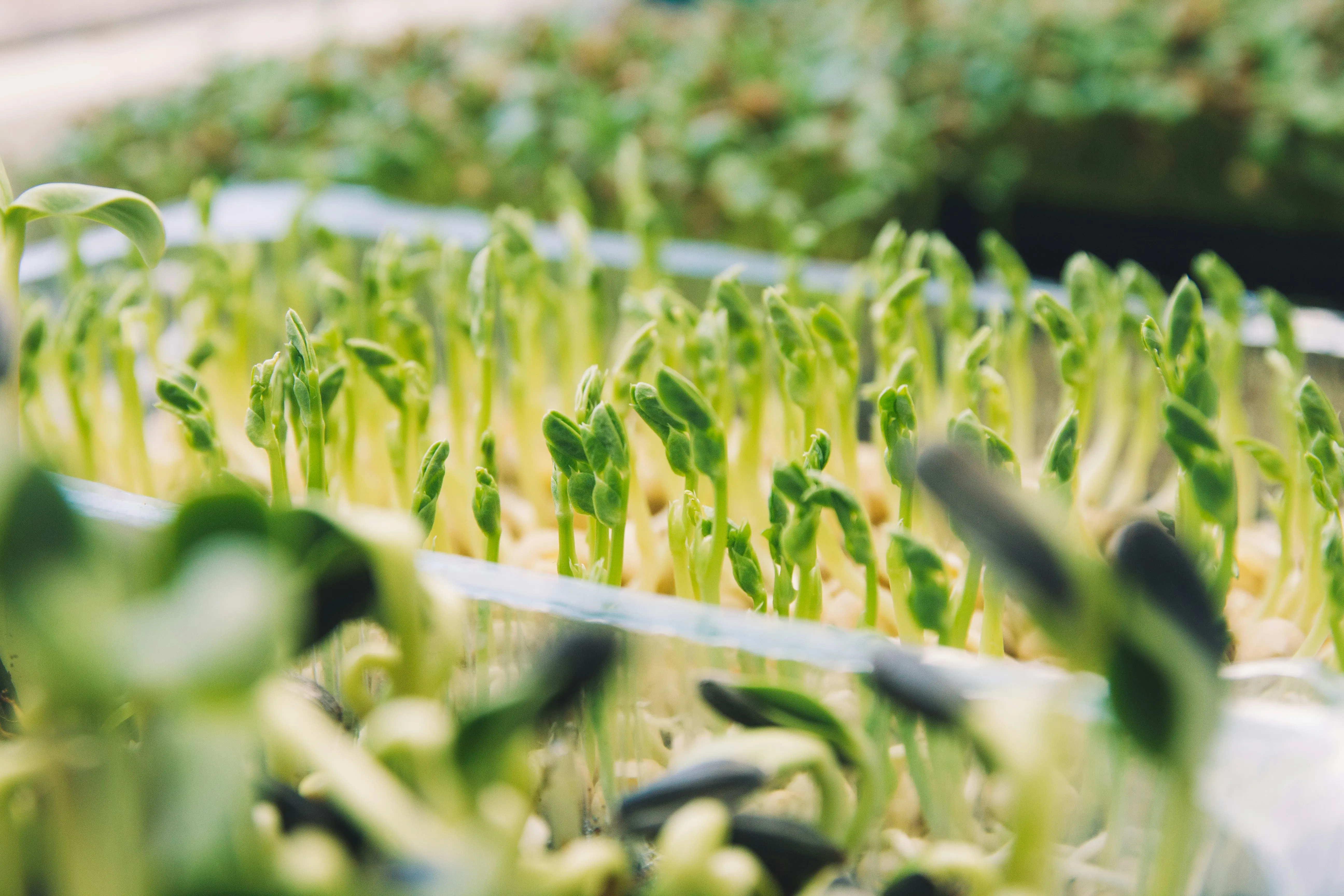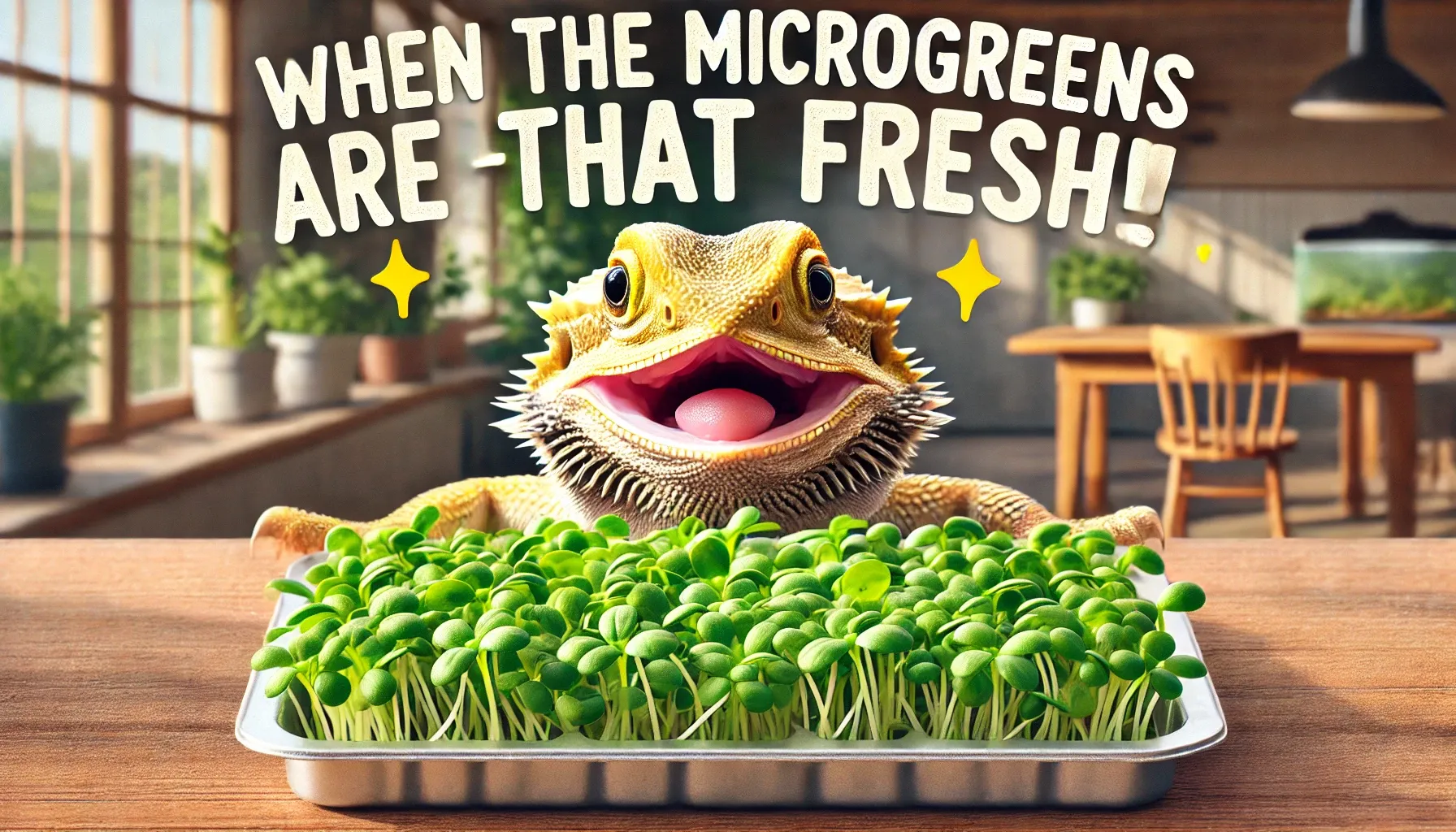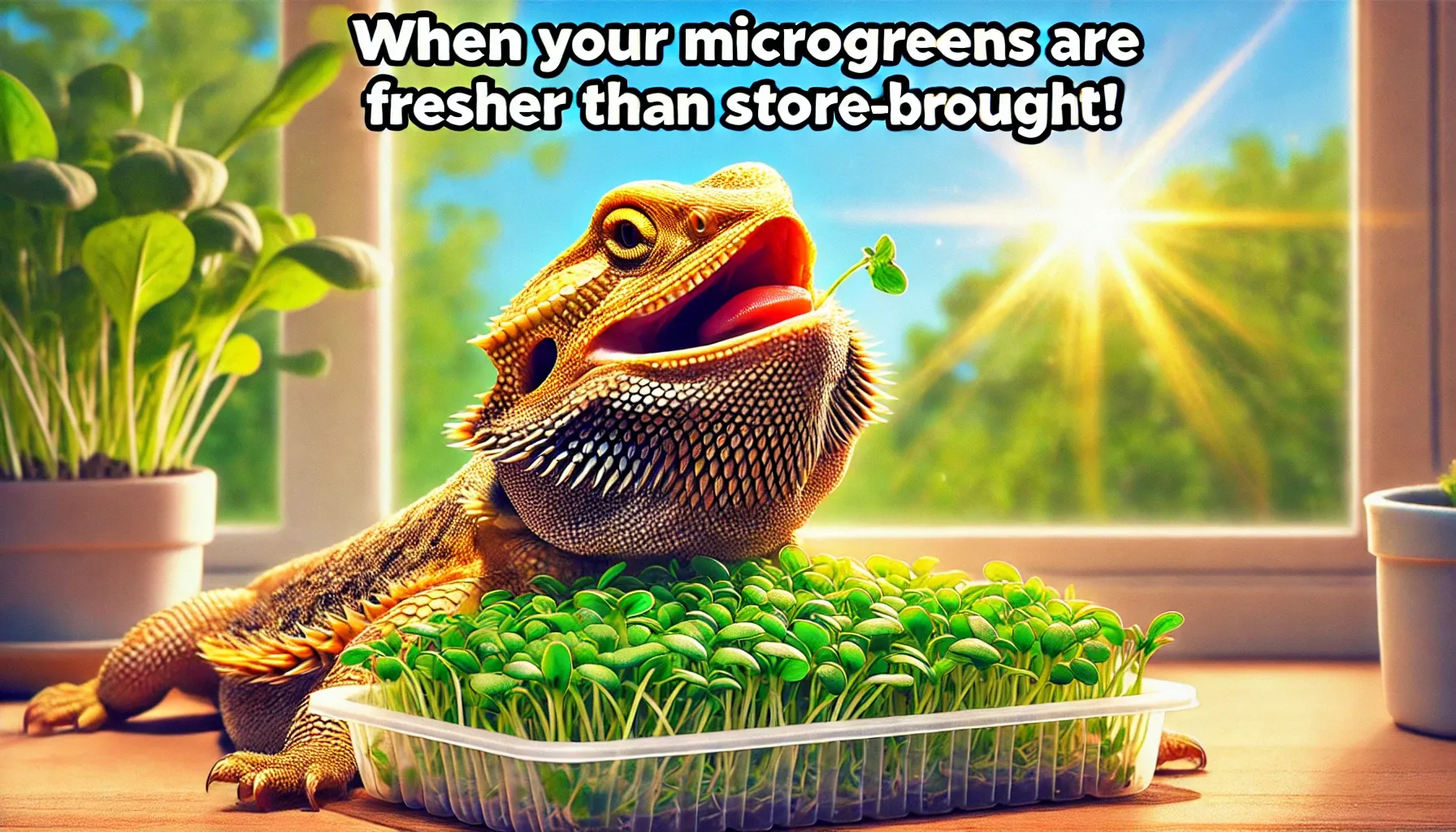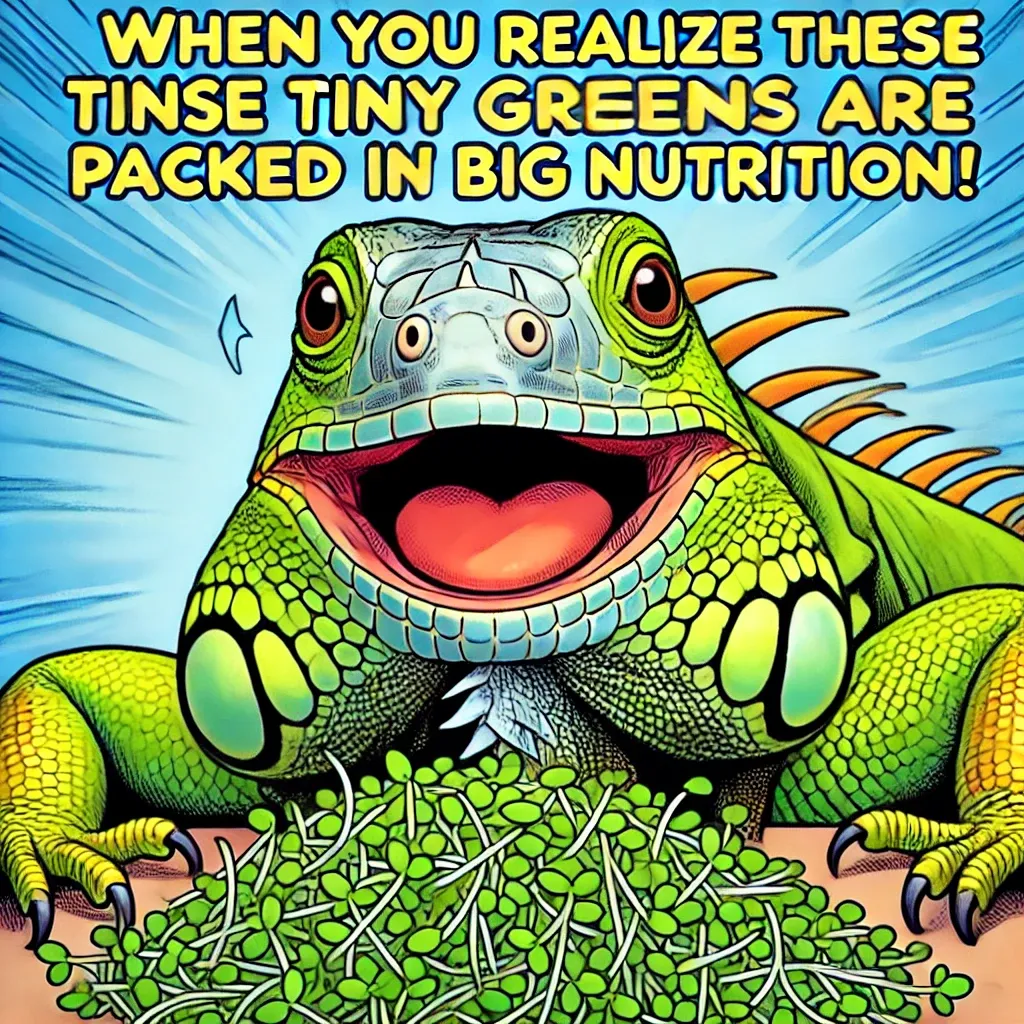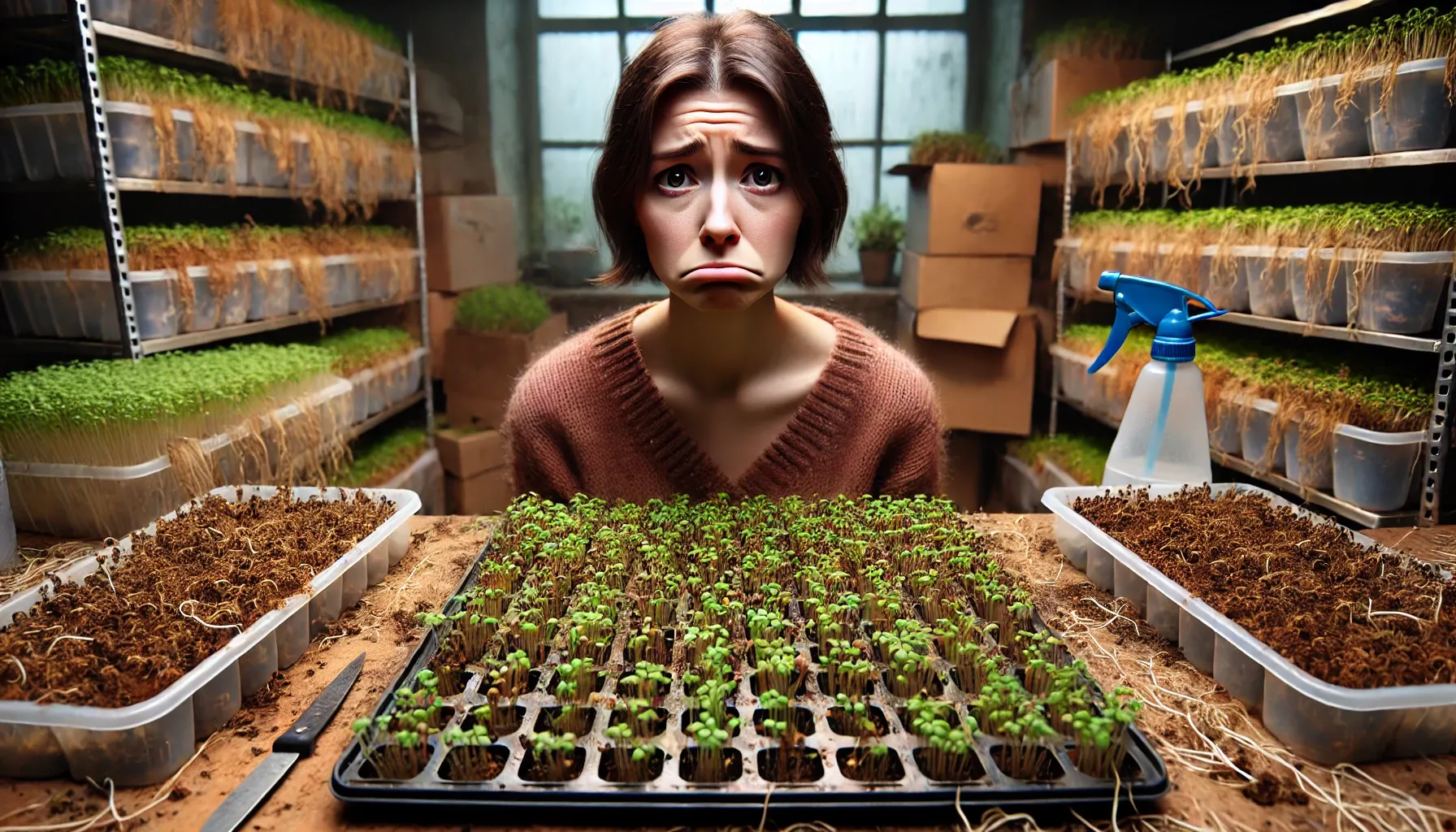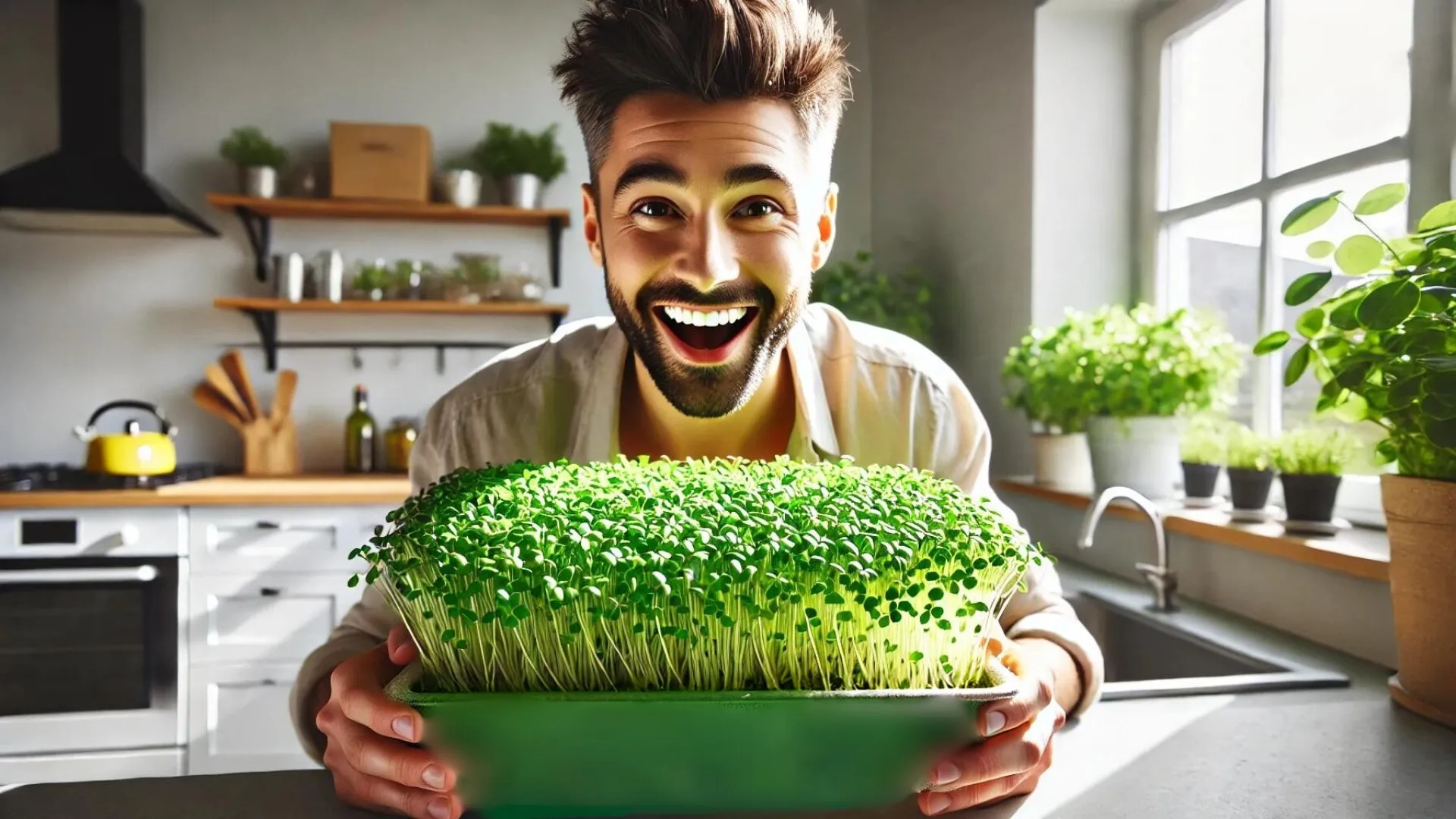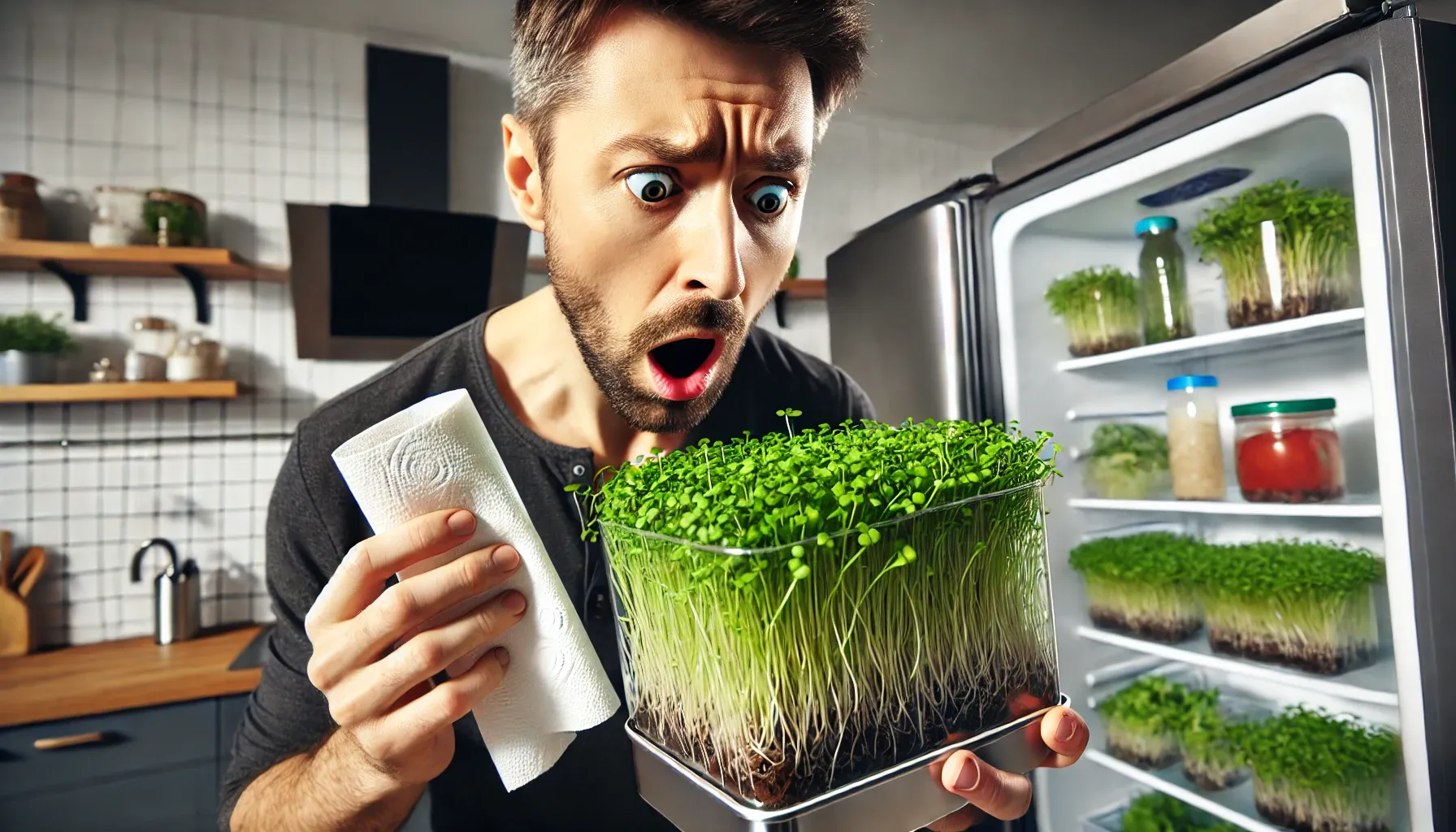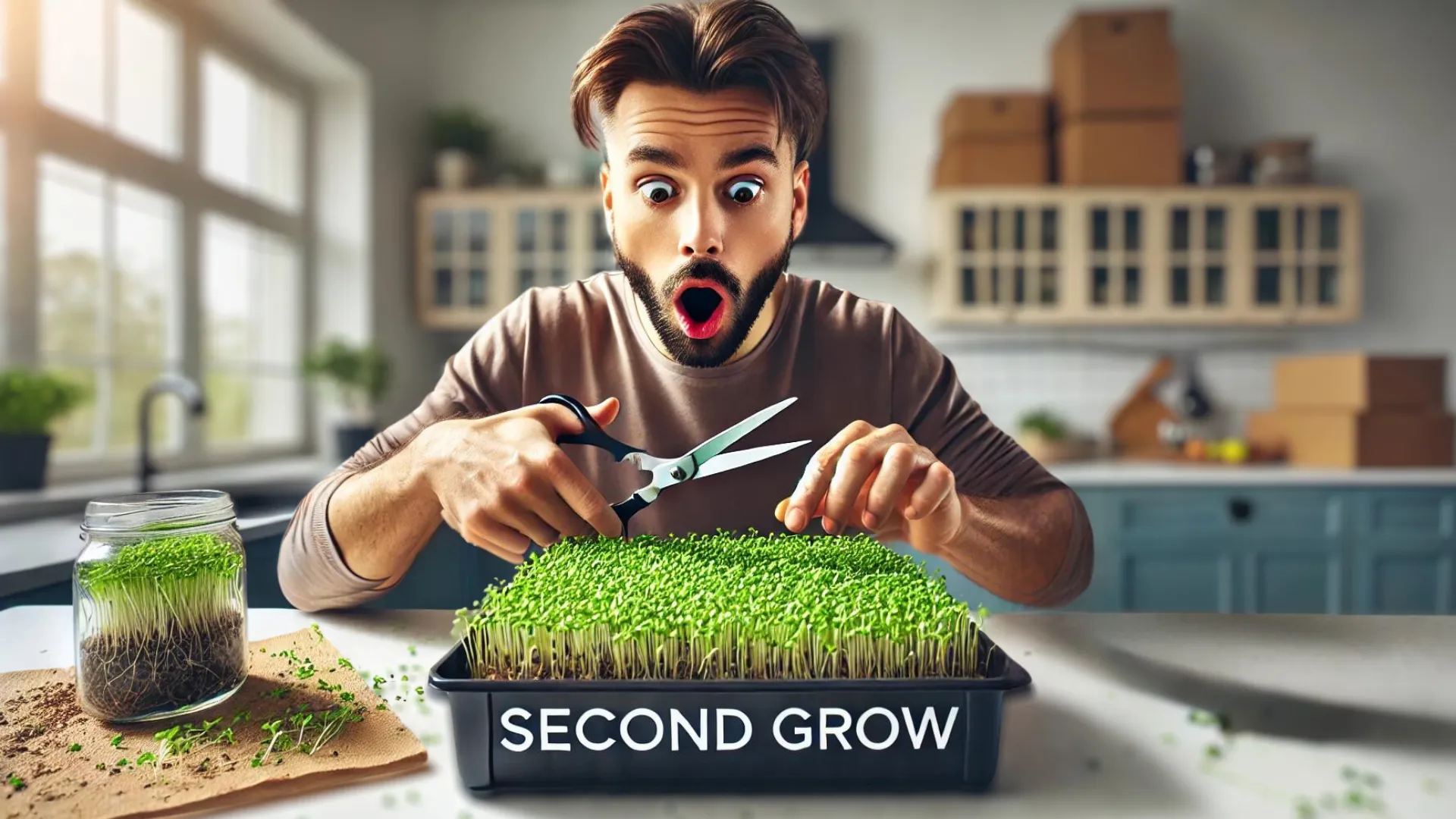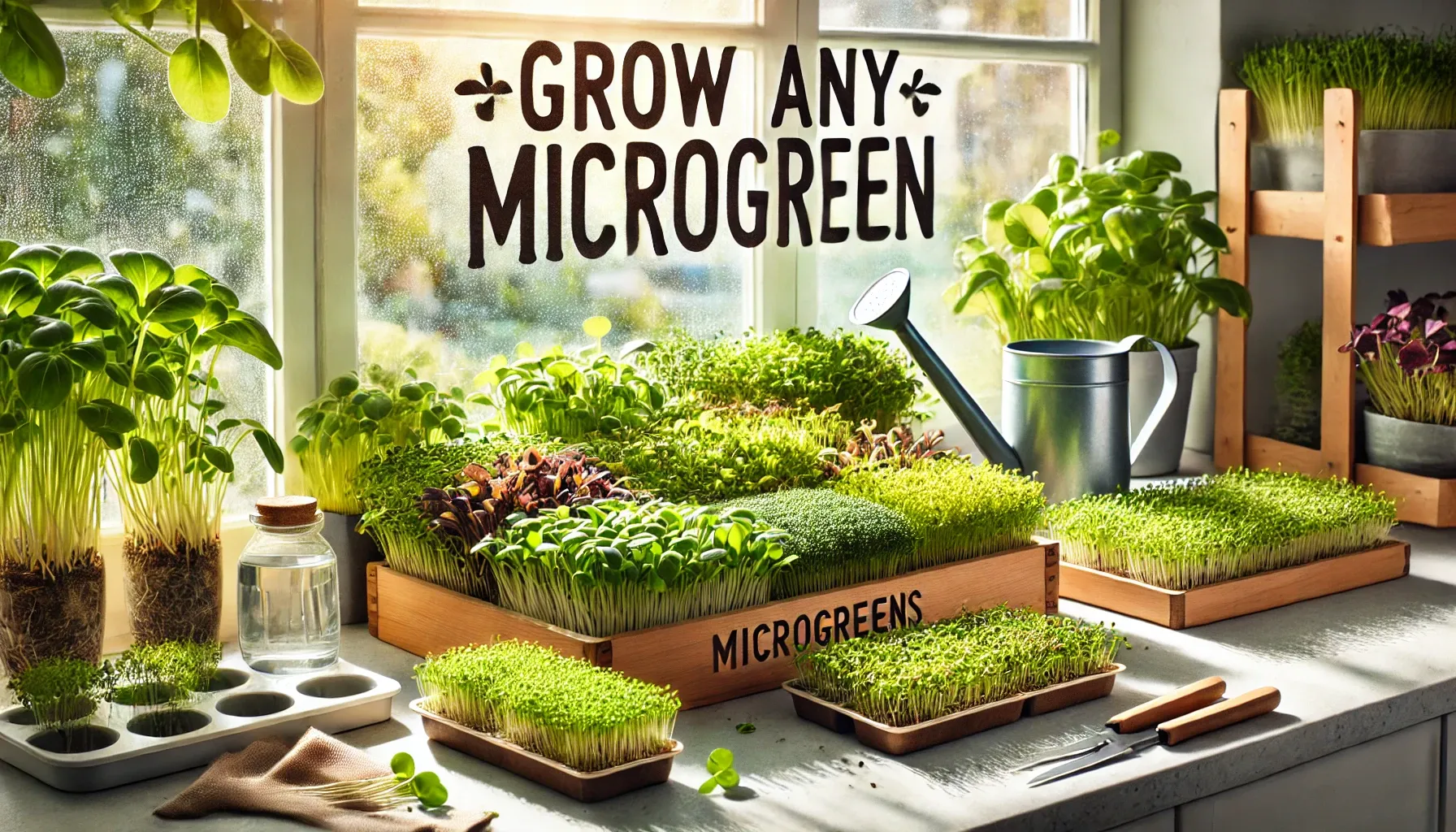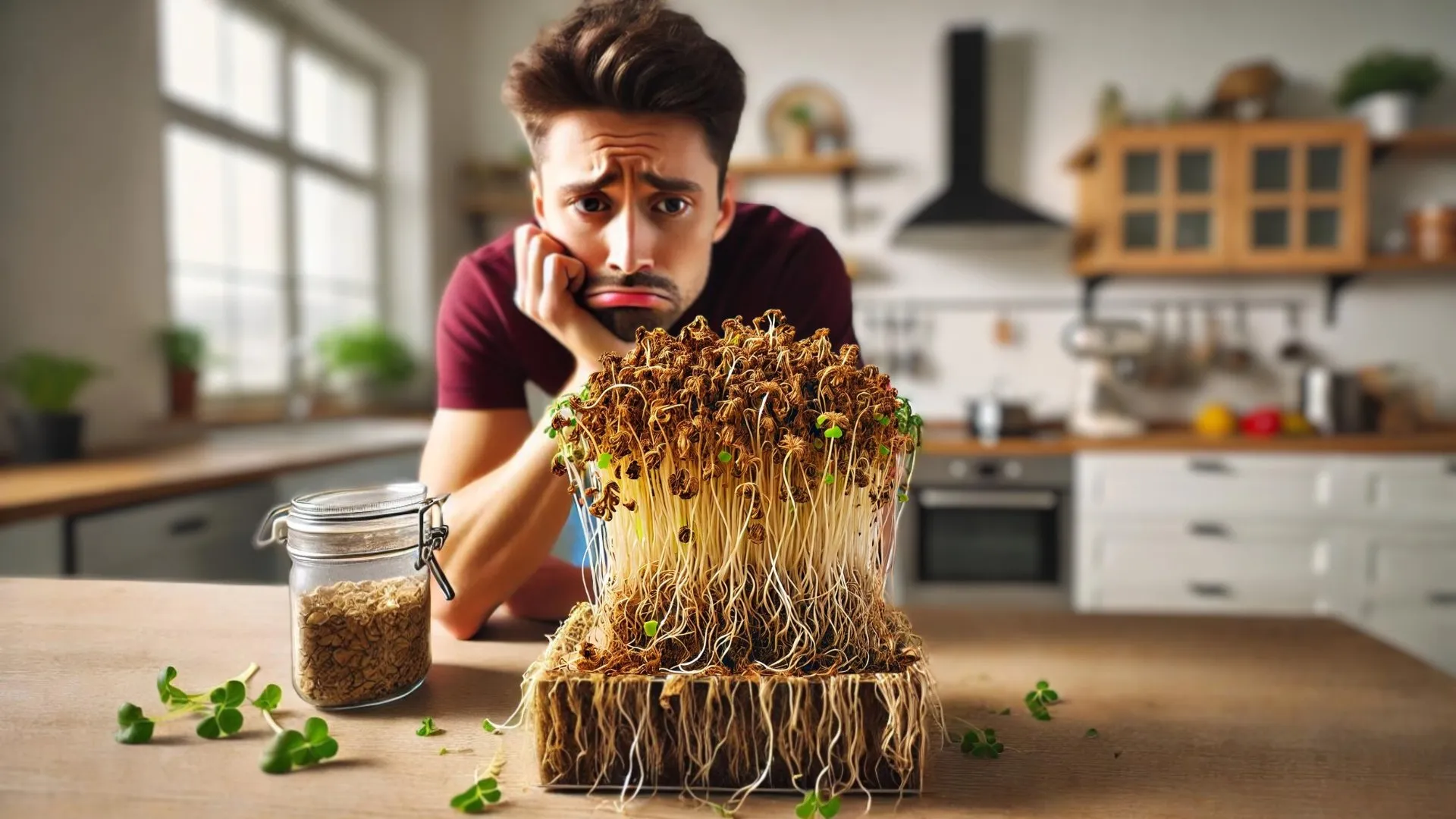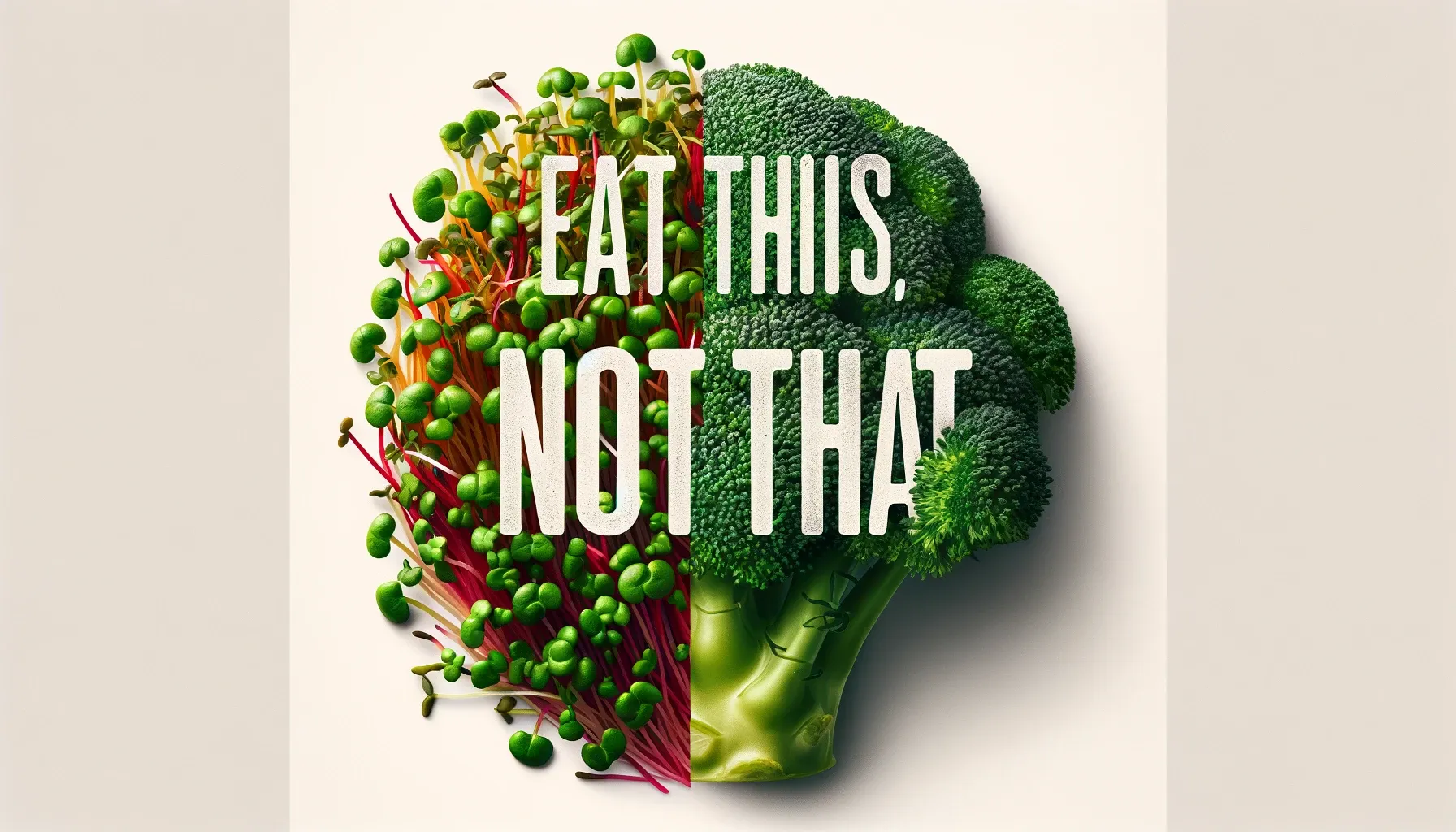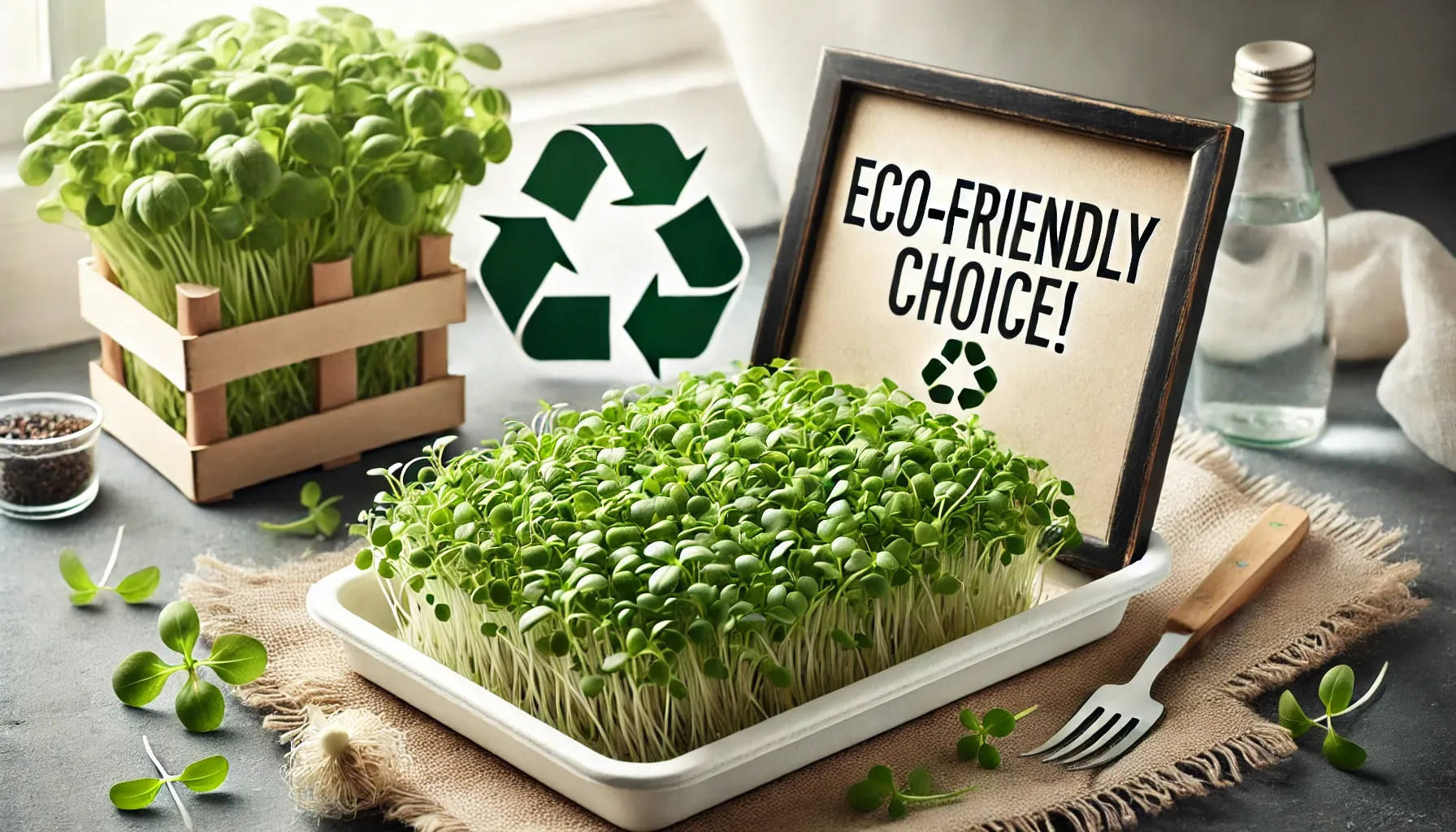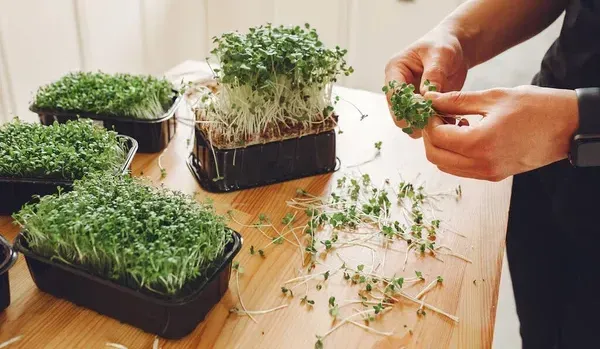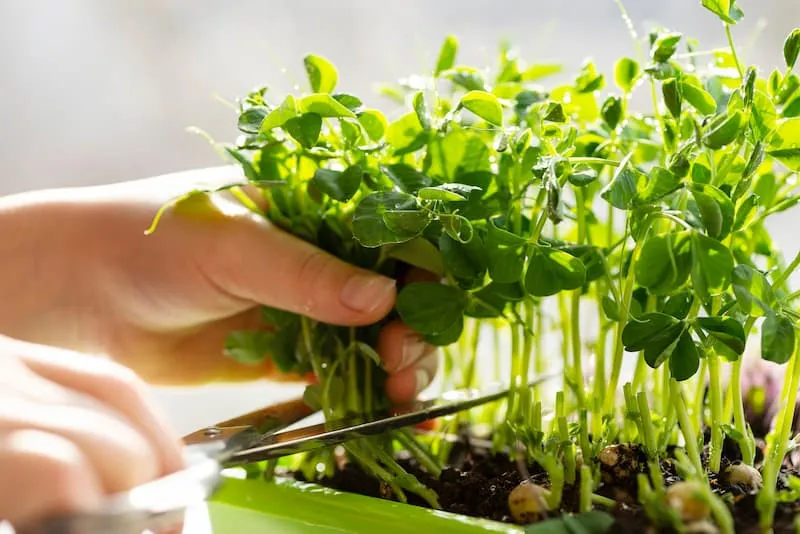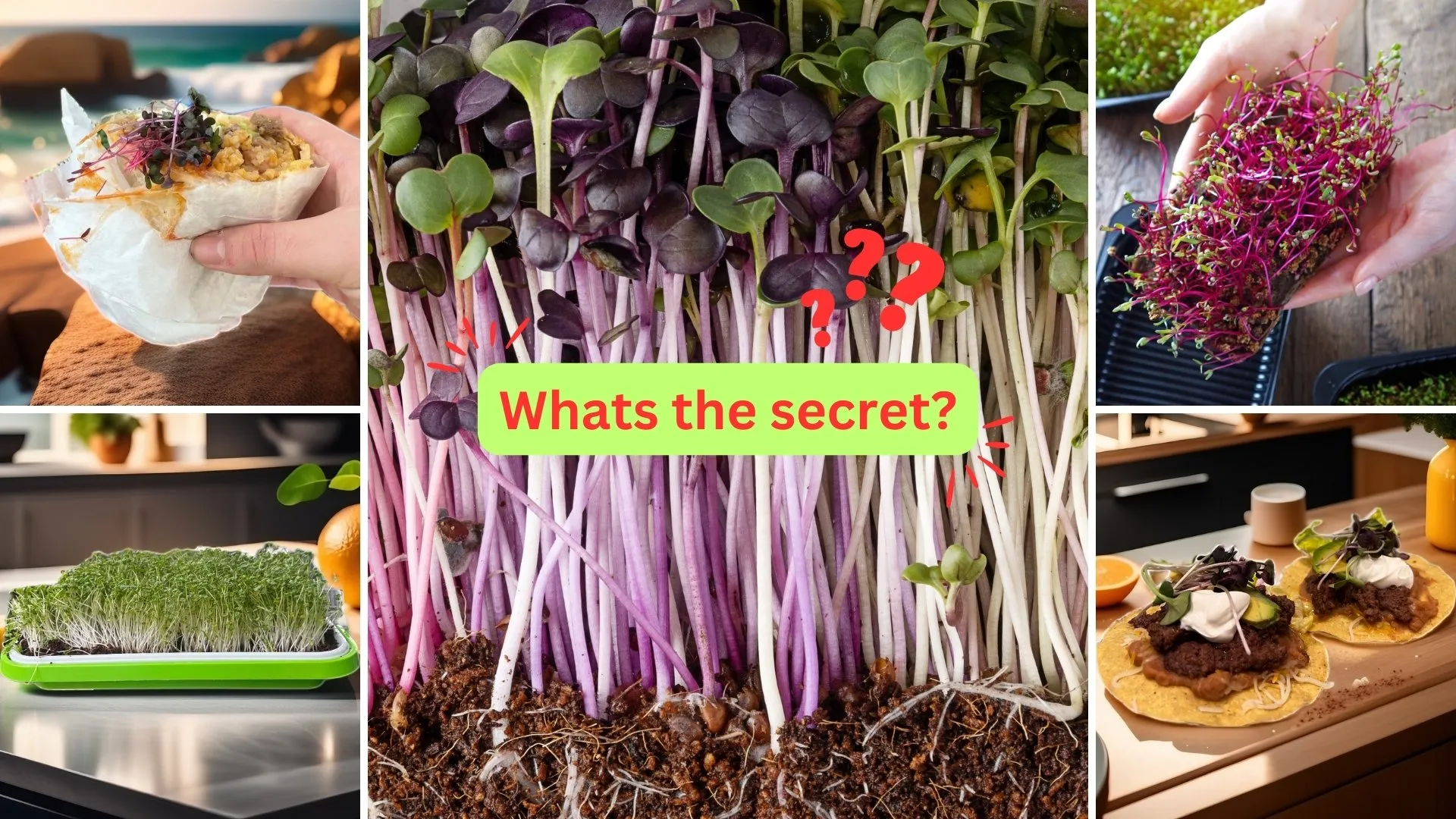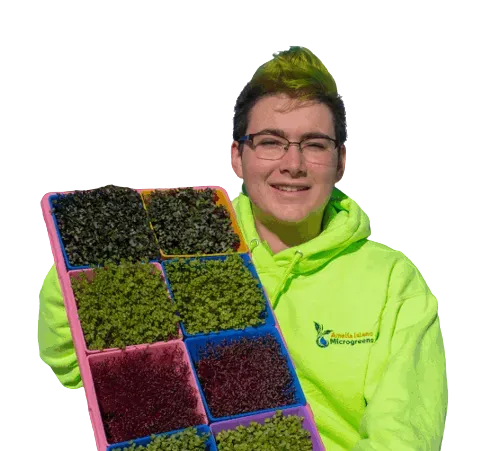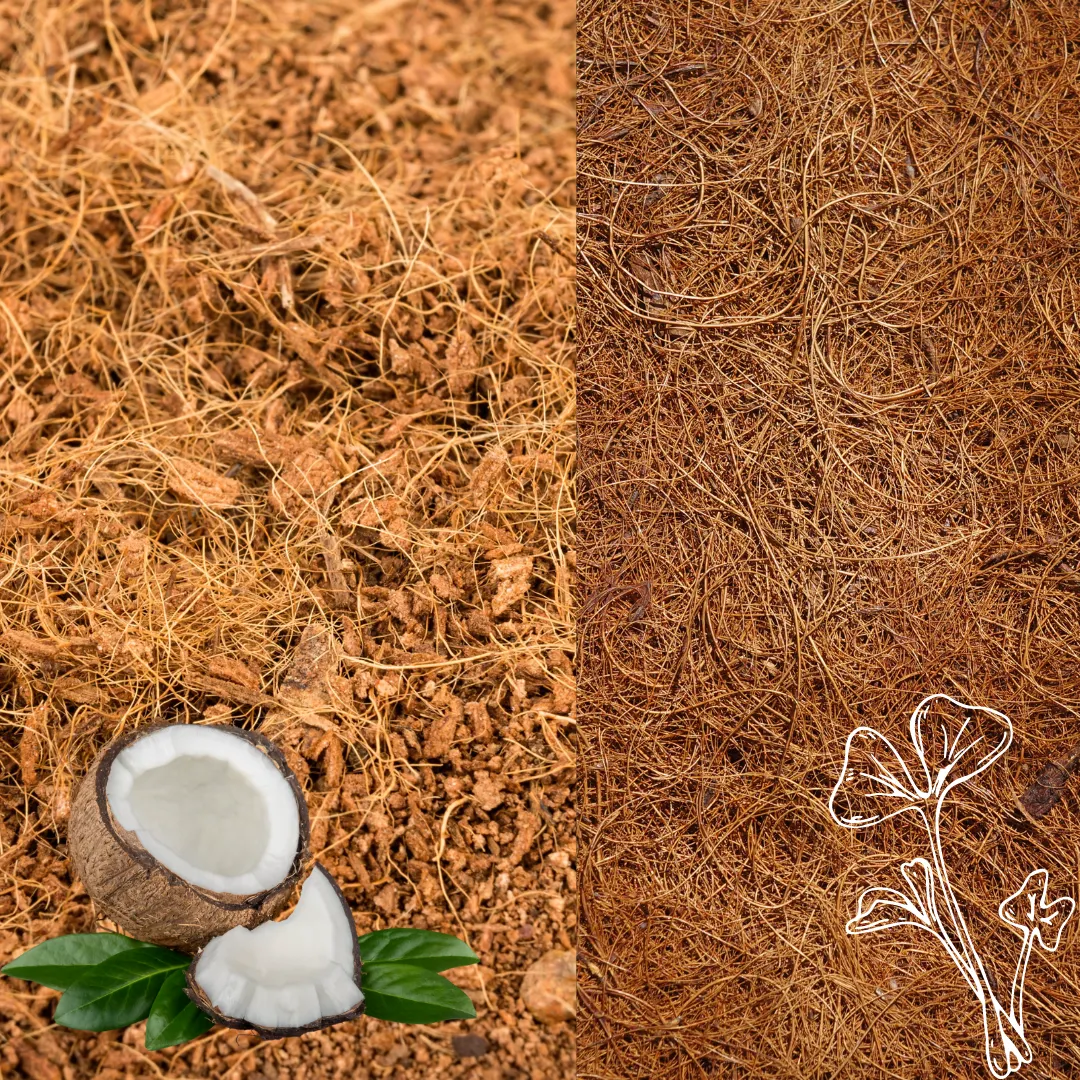How to Tell if It’s Root Hair or Mold on Microgreens (And What to Do About It)
Are you seeing fuzzy white hairs on your microgreens? Don’t worry. Today I’m going to teach you how to tell: is that root hair or is that mold? And if it is mold, we’ll dive deep into mold prevention so you don’t have to worry. In fact, we’ll even stop mold before it has a chance to strike, starting at the very beginning, so you can keep your microgreens fresh and healthy.
Hi, I’m Connor Hiebel, and we empower people just like you to grow even better health in just 7 days through microgreens. So let’s get on with the video. In fact, I have a secret tip coming up that’s my go-to method for mold prevention and has saved me dozens of trays of microgreens without any harsh chemicals. So stick around for that one.
How to Tell Root Hairs from Mold
Before we go into mold prevention, let’s talk about the difference between root hairs and mold. There’s a big difference:
- Root hairs are normal. They’re part of your plant, and you want them.
- Mold, on the other hand, is not good for you and will mess up your crop.
Here are a couple ways to tell the difference:
Visual inspection
- Root hairs look white and more straight.
- Mold is more gray, can have little black specks, and looks spider-webby.
Spray test
- Take a spray bottle and mist once.
- If it disappears, it’s root hair.
- If it stays, it’s mold.
Don’t over-mist, because if it is mold, you don’t want to create more humidity.
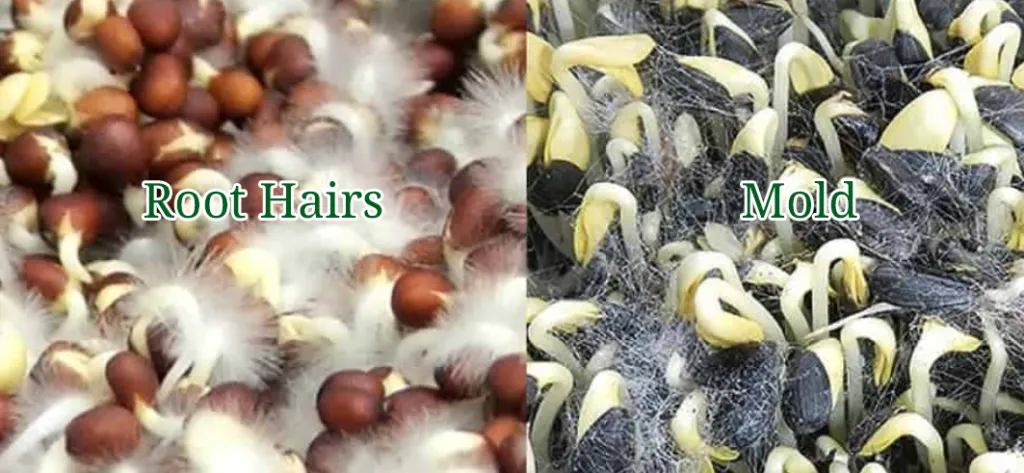
Common Causes of Mold
Overwatering is the biggest cause. Mold likes damp, humid spaces. Since you’re growing microgreens densely, there isn’t as much ventilation, so mold thrives.
One way to help: lower the temperature a bit. Mold doesn’t like cool conditions. Keep it cooler and you won’t have to worry as much. (If you don’t do well with cold, you don’t have to, but it helps.)
Poor airflow is another factor. Some people put a fan next to their microgreens. You’ll hear two opinions: some say it’s essential, others say it’s not necessary. Experiment and see what works for you.
Cleanliness matters, too. Always wash your trays and scissors. A dishwasher is fine. You can also use food-grade hydrogen peroxide. If you’re interested in learning more about that, leave me a comment, I’d love to make a video about it.
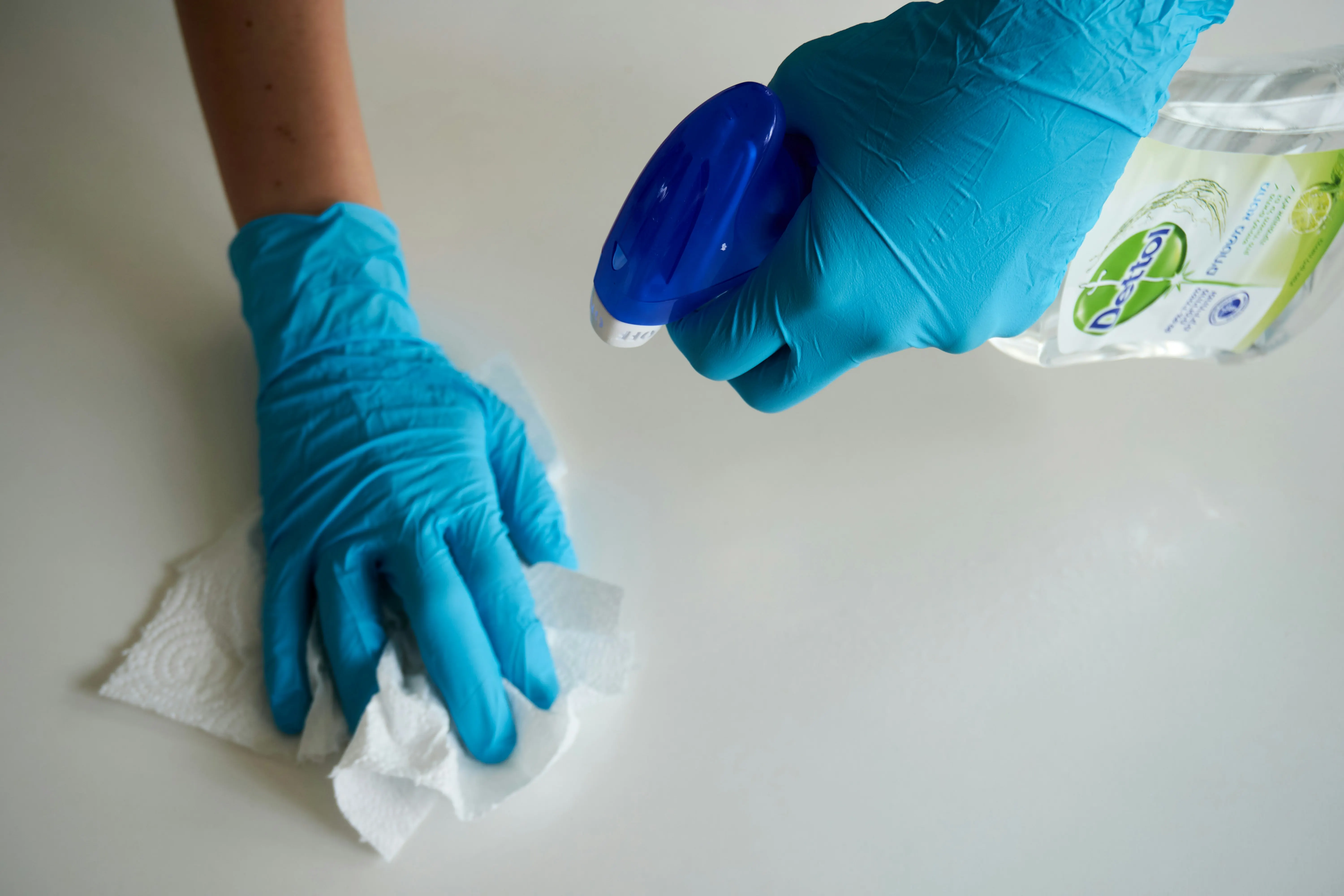
Other Tips for Reducing Mold
- After day three, move your microgreens into the light. Mold loves darkness.
- Supervise them outside for 15–20 minutes in natural sunlight. Sunlight helps reduce mold, but watch so they don’t get scorched.
- Seed quality is critical. Make sure your seeds are pathogen-tested to avoid E.coli and Salmonella. High germination rates also help because un-germinated seeds can mold.
- Ideal temperature: 65–75°F.
- Use indirect bright sunlight as much as possible.
Ready to grow your microgreens and accept the challenge to beat the mold? Go HERE And get your kit today!
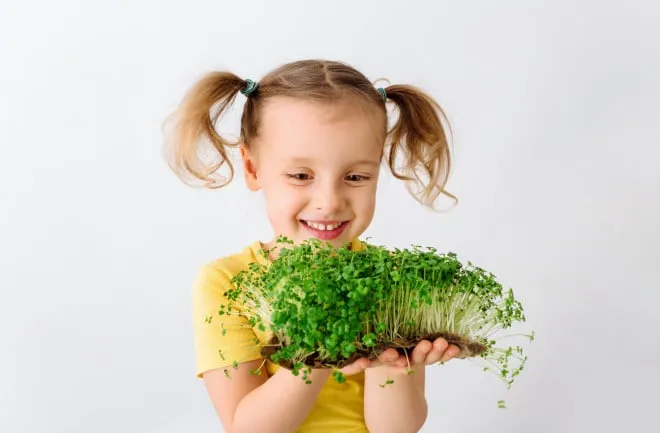
Watering Tip
When you’re watering with coco coir, look at the dry puck you started with. If your growing medium looks the same light brown color, it’s too dry. If it’s darker, it has moisture. But don’t overdo it, your soil shouldn’t be a mud pie. (watch the video for a refrence_
What to Do If You Find Mold
- Isolate the tray immediately so mold spores don’t spread to other plants.
- Assess the damage:
- Small patch? Pick it off and treat it.
- Mold everywhere? Discard the tray. Compost it or throw it away—don’t feed moldy microgreens to chickens.
3.Use food-grade hydrogen peroxide to treat small areas.
4.If mold keeps spreading, discard the crop
Don’t feel bad, this happens to everyone, even after years of growing. Every grow is an experiment, and you’ll learn something new.
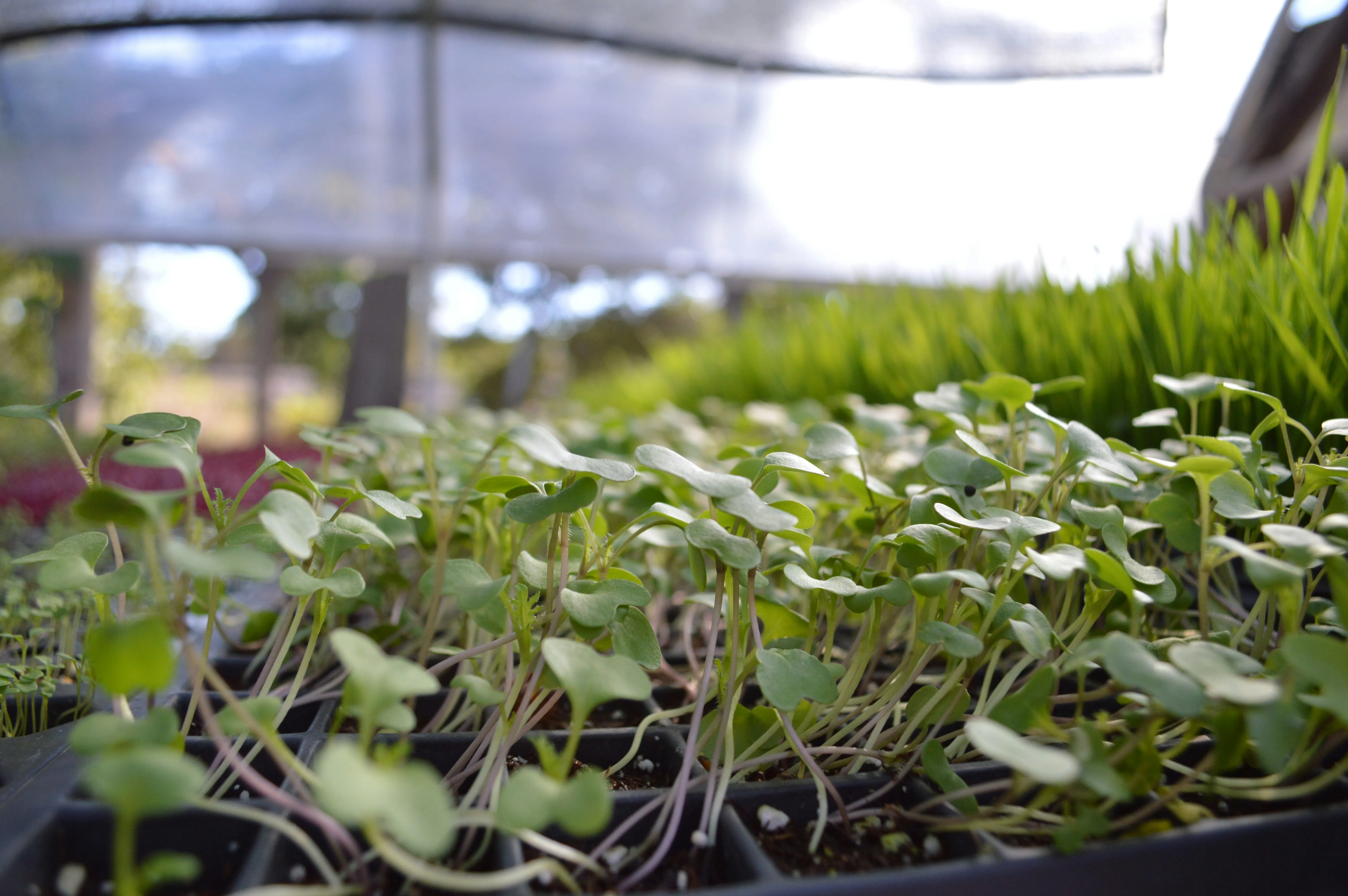
Secret Tip: Use Cinnamon
One of my favorite inexpensive methods is to sprinkle cinnamon on your soil. It helps prevent mold during germination. I tested two trays, one with cinnamon, one without and the cinnamon tray stayed mold-free. You can also sprinkle it on after germination if you forgot earlier. It won’t hurt your plants and smells amazing.
If you’re ready to go from microgreen beginner to confident grower, check out ameliaislandmicrogreens.com/101 or text "microgreens" to 26786 for a free 10-part microgreens class.

🌱 Microgreens Mold – Questions & Answers
🌿 Can You Eat Microgreens with Mold?
Q: When should you not eat microgreens?
A: Never eat microgreens if you see visible mold, notice a sour or musty smell, or if the plants look slimy or decaying. Eating moldy microgreens can cause digestive upset and even food poisoning.
Q: How to remove mold from microgreens?
A: Remove affected areas by trimming them off carefully. Isolate the tray to prevent spreading. Treat the area with a light spray of food-grade hydrogen peroxide. If mold covers a large area, discard the entire tray.
Q: Can I eat sprouts with mold?
A: No. Sprouts with visible mold should be discarded. Eating them can lead to illness.
Q: Are microgreens a potentially hazardous food?
A: Yes. Because they are moist and dense, microgreens can be prone to bacteria and mold if grown or stored improperly. If your seeds are not pathogen tested then they can contain pathogens, such as salmonella and E. coli.
Q: Why did my sprouts go moldy?
A: Overwatering, poor ventilation, high humidity, contaminated seeds, or dirty trays can cause mold.
Q: Should you wash microgreens before eating?
A: It can be beneficial to rinse harvested microgreens in cool water to remove potential contaminants, but not necessary when you grow your own.
Q: How to get rid of mold on sprouts?
A: Remove visible mold, improve airflow, reduce watering, and disinfect the area with food-grade hydrogen peroxide.
Q: How long will microgreens last in the refrigerator?
A: Usually 7-14 days when stored dry in an airtight container lined with a paper towel. We recommend growing your own microgreens and eating off of them while they grow... that way you have an extra 7-14 days.
Q: What is the fuzzy stuff on microgreens?
A: It could be harmless root hairs or harmful mold. Do the spray test—mist lightly: root hairs will collapse; mold will stay.
Q: Are moldy vegetables safe to eat?
A: No. It’s best to discard moldy vegetables, including microgreens.
Q: What is the white fuzz on my bean sprouts?
A: This could be either root hairs (normal) or mold (bad). Inspect closely and use the spray test above to confirm.
Q: What is the difference between mold and root hairs on microgreens?
A: Root hairs are straight, white, and disappear when misted. Mold is grayish, can have black dots, and stays in place when misted.
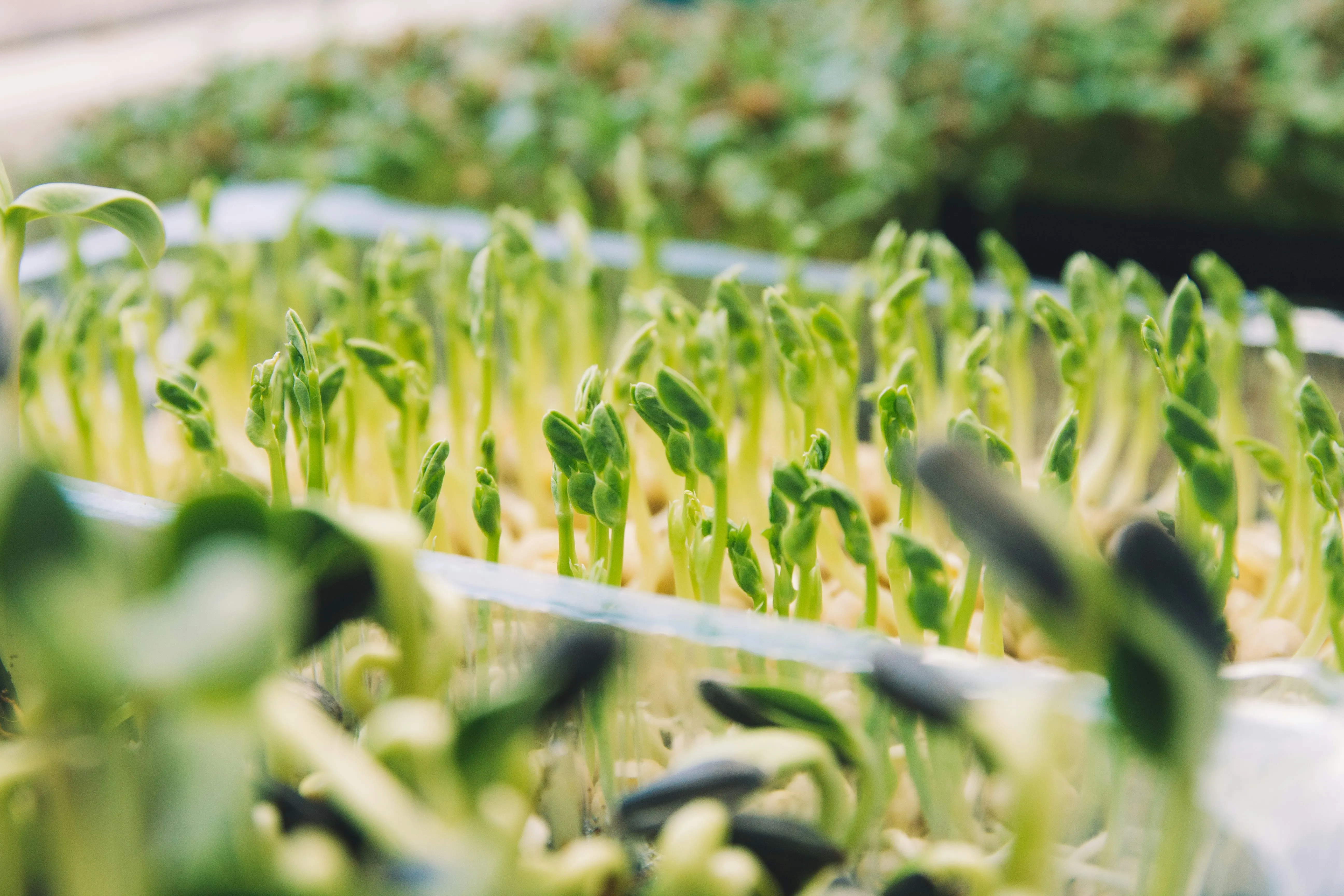
🌿 Why Do My Microgreens Have White Fuzz?
Q: How to remove mold from microgreens?
A: Trim off affected parts, isolate the tray, improve air circulation, and treat with hydrogen peroxide spray.
Q: How do you get rid of white fuzzy mold on seedlings?
A: Increase airflow, reduce humidity, treat with diluted hydrogen peroxide, and avoid overwatering.
Q: Why is my plant growing white fuzzy stuff?
A: It’s either harmless root hairs helping absorb water or mold thriving in damp conditions.
Q: How to tell the difference between root hairs and mold?
A: Root hairs are uniform and disappear when misted. Mold looks web-like, may have black specs, and stays put when sprayed.
Q: What is the white fuzz on my lettuce sprouts?
A: It could be root hairs or mold. Use the spray test above to check.
Q: How to prevent sprouts from molding?
A: Avoid overwatering, keep good airflow, use clean trays, and don’t overcrowd seeds.
Q: What is the white fuzz on my hydroponic plants?
A: Likely mold, since hydroponic systems can create humidity ideal for fungi.
Q: What is the fuzz on the bottom of sprouts?
A: Most often root hairs, which help absorb moisture.
Q: Why do my microgreens keep molding?
A: Your environment is likely too humid, there is poor air circulation, or your trays and seeds are contaminated.
Q: What is the white fuzz on my vegetables?
A: Usually mold spores. Discard affected produce.
Q: What is the white fuzzy stuff on my sprouts?
A: Again, it could be root hairs or mold. Use the spray test to confirm.
Q: Should you wash your microgreens?
A: Yes. Rinse them before eating to remove dirt and possible pathogens.
Watch this video for microgreen mold troubleshooting
🌿 How to Tell If Microgreens Have Gone Bad
Q: When should you not eat microgreens?
A: Avoid them if they smell sour, look slimy, have mold, or are discolored.
Q: How to prevent sprouts from molding?
A: Store dry, keep cool, improve airflow, and sterilize tools and trays.
Q: How long can I keep microgreens in the fridge?
A: Up to two weeks if kept dry and stored in an airtight container. We suggest growing microgreens so you have an extra 2 weeks to eat off them while they grow
Q: How to tell if pea sprouts are bad?
A: Sliminess, off smell, discoloration, and mold are all signs to discard them. If pea sprouts grow too long they get woody because of the lignin in them that helps them grow strong so they can trellis up. This will make them taste bad, so harvesting and mold prevention are key.
Q: Should you wash microgreens?
A: Yes. Always rinse before consuming.
Q: How to know if sprouts have gone bad?
A: They’ll be limp, slimy, smell bad, or have visible mold.
Q: What happens if I let microgreens keep growing?
A: They’ll mature into baby greens or adult plants, but may become tough or bitter.
Q: Why do my microgreens smell bad?
A: Rotting due to overwatering, poor ventilation, or bacterial contamination.
Q: What is the fuzzy stuff on microgreens?
A: Root hairs (good) or mold (bad).
Q: Can you ever eat microgreens?
A: Yes, as long as they’re fresh, clean, and mold-free.
Q: What is the white fuzzy stuff on my sprouts?
A: Root hairs or mold.
Q: What is the difference between mold and root hairs on microgreens?
A: Root hairs disappear when misted. Mold stays.

🌿 What Is the White Fuzz on My Sprouts?
Q: How do you get rid of white fuzzy mold on seedlings?
A: Improve airflow, reduce watering, and treat with diluted hydrogen peroxide.
Q: Can you eat fuzzy sprouts?
A: Only if the fuzz is confirmed to be root hairs. If unsure, discard them.
Q: Why do my sprouts look moldy?
A: Possibly because of excess humidity, poor air circulation, or contaminated seeds.
Q: What is the difference between mold and root hairs on microgreens?
A: Root hairs are uniform, white, and disappear when misted lightly.
Q: How to get rid of mold on sprouts?
A: Trim affected areas, isolate the tray, improve ventilation, and disinfect.
Q: Can you eat the fuzz on broccoli sprouts?
A: If it’s root hairs, yes. If it’s mold, discard them.
Q: How to know if sprouts are spoiled?
A: Bad smell, slime, mold, or discoloration mean they should be thrown out.
Q: What is the white fuzz on my lettuce sprouts?
A: Root hairs or mold, do the spray test to know for sure.
Q: What is the fuzz on the bottom of sprouts?
A: Usually root hairs.
Q: What is the white fuzzy stuff growing on my plants?
A: Possibly mold.
Q: What is the white fuzz on my broccoli?
A: Mold, discard if you see it.
Q: What is the white fuzz on my vegetables?
A: Usually mold spores, don’t eat them.
Have any microgreen questions? Leave a comment below!
Ready to grow your microgreens and accept the challenge to beat the mold? Go HERE And get your kit today!

